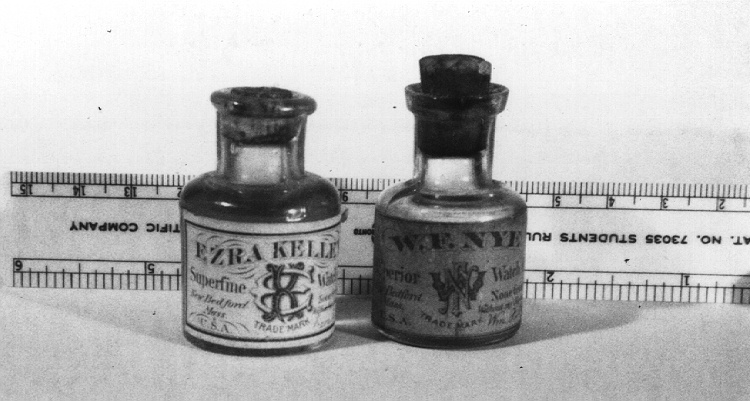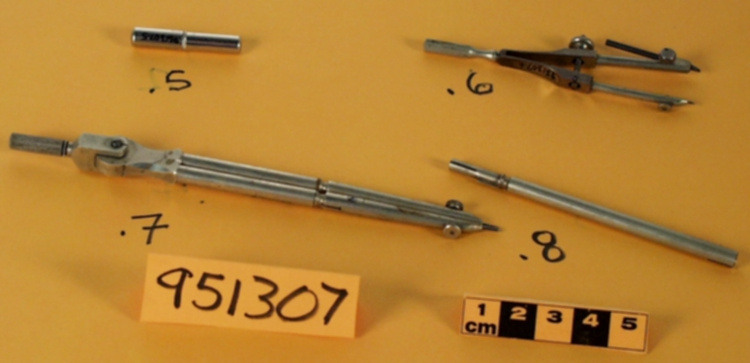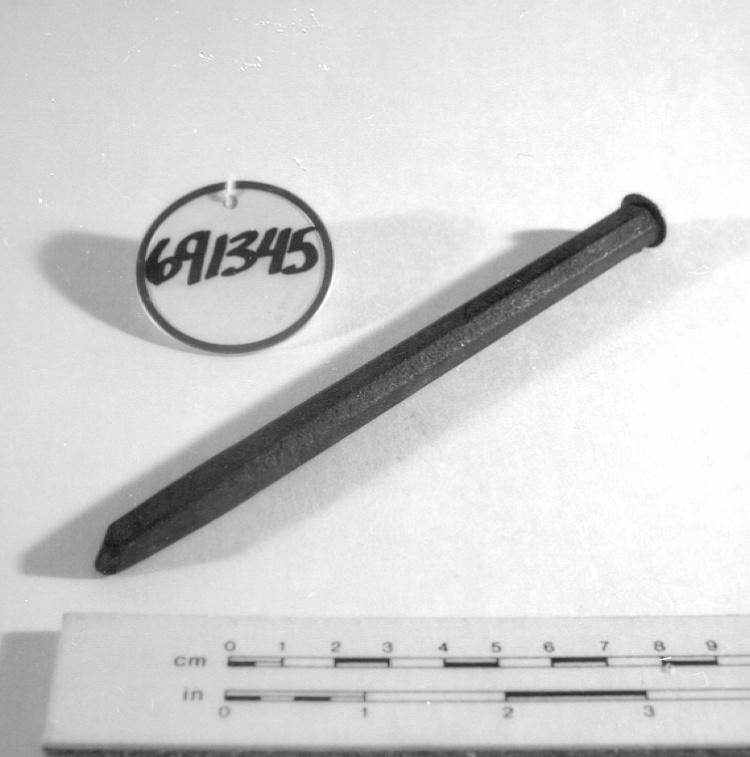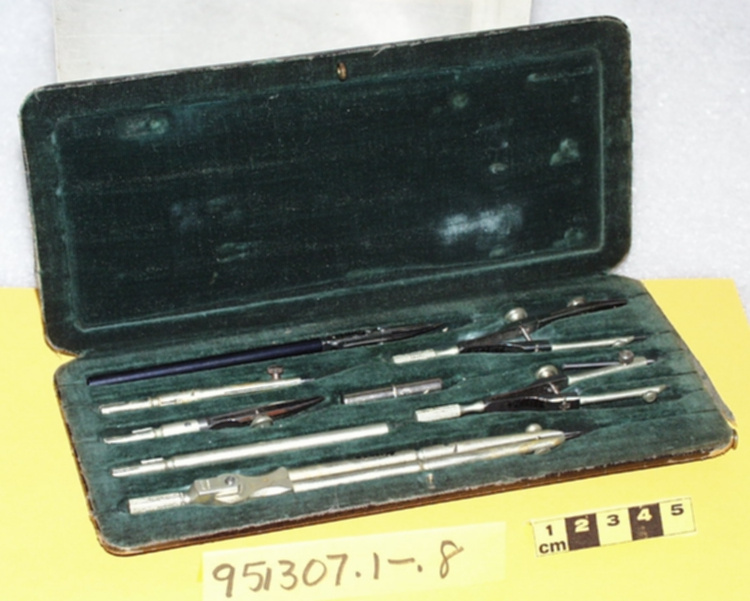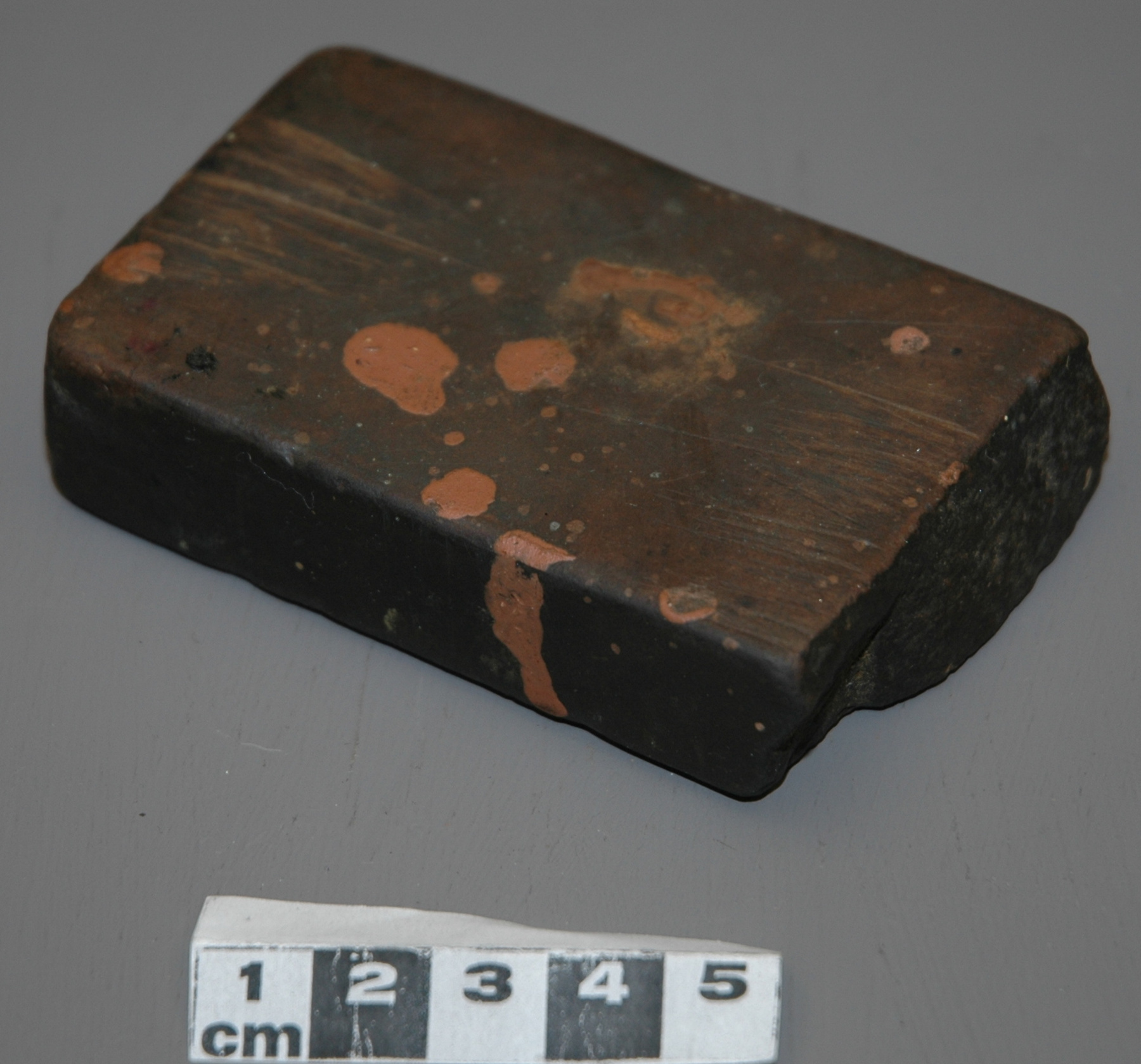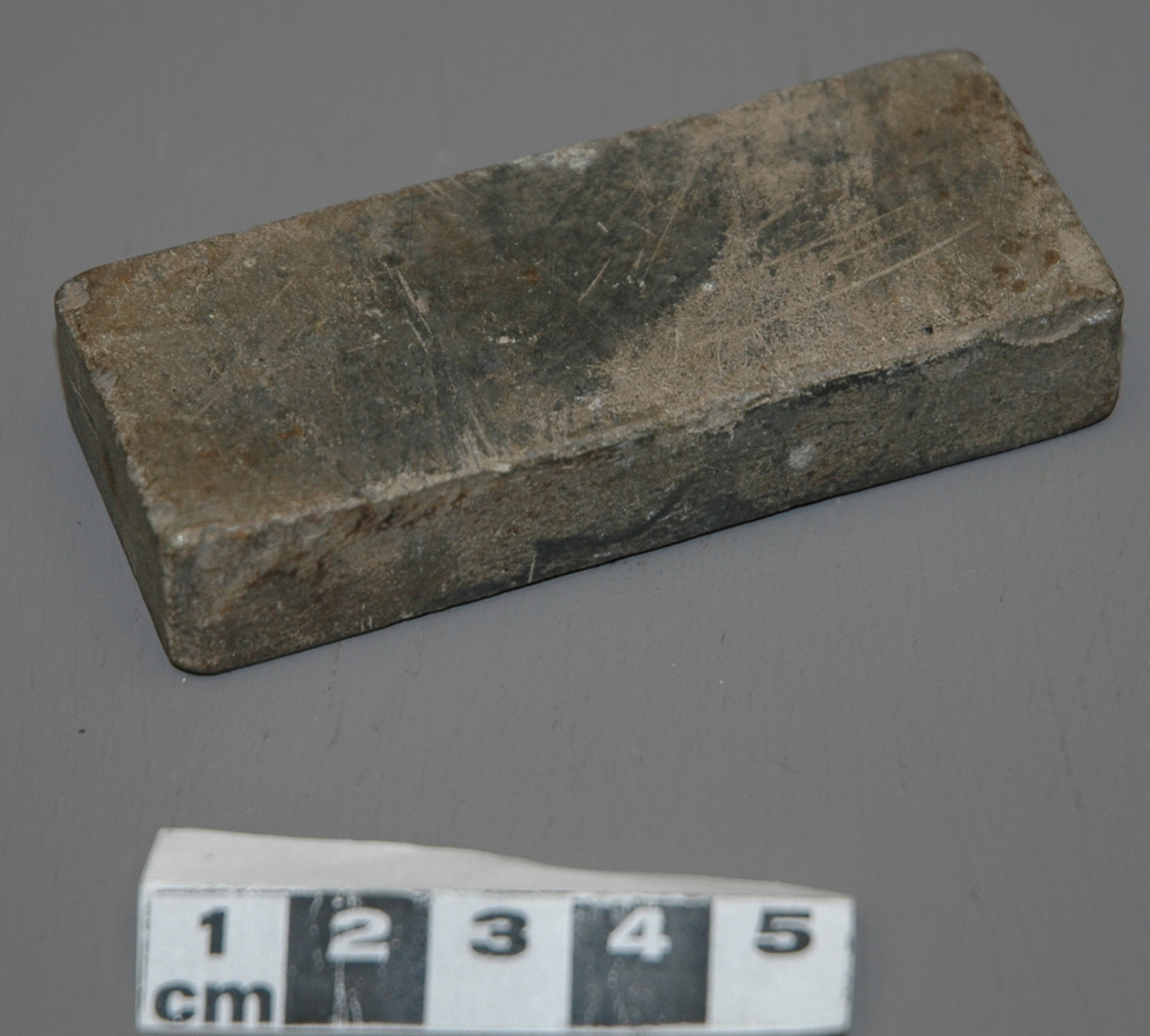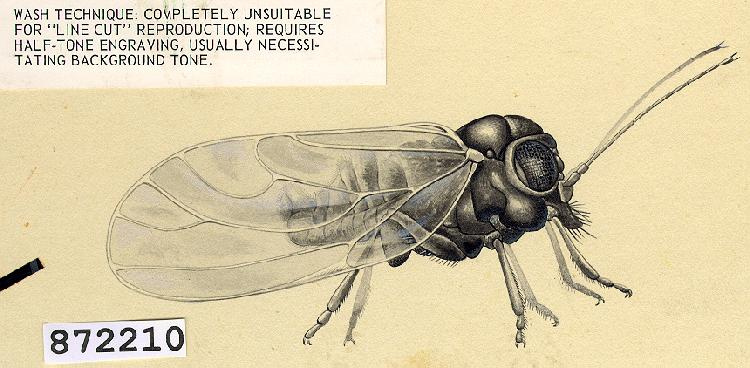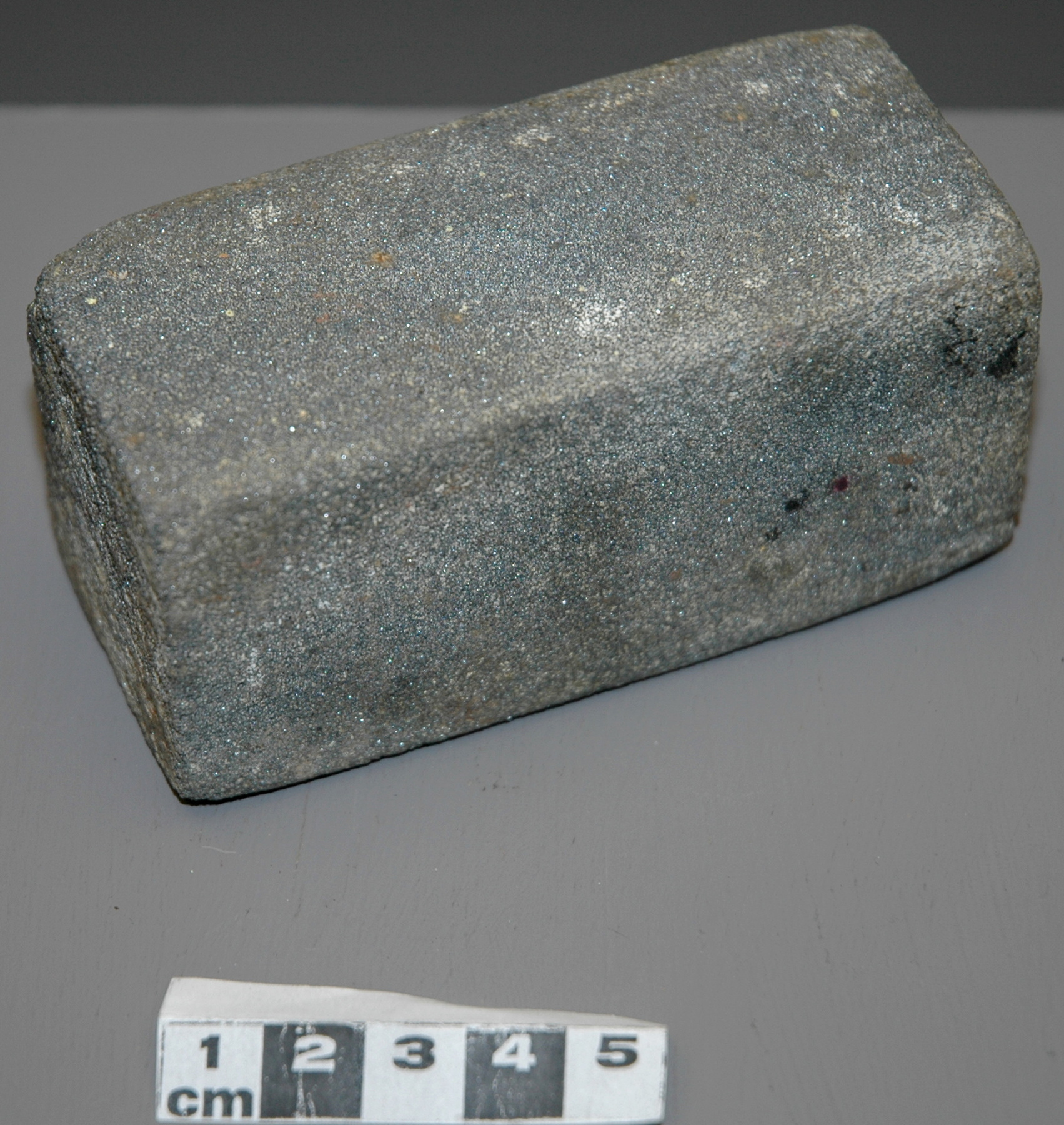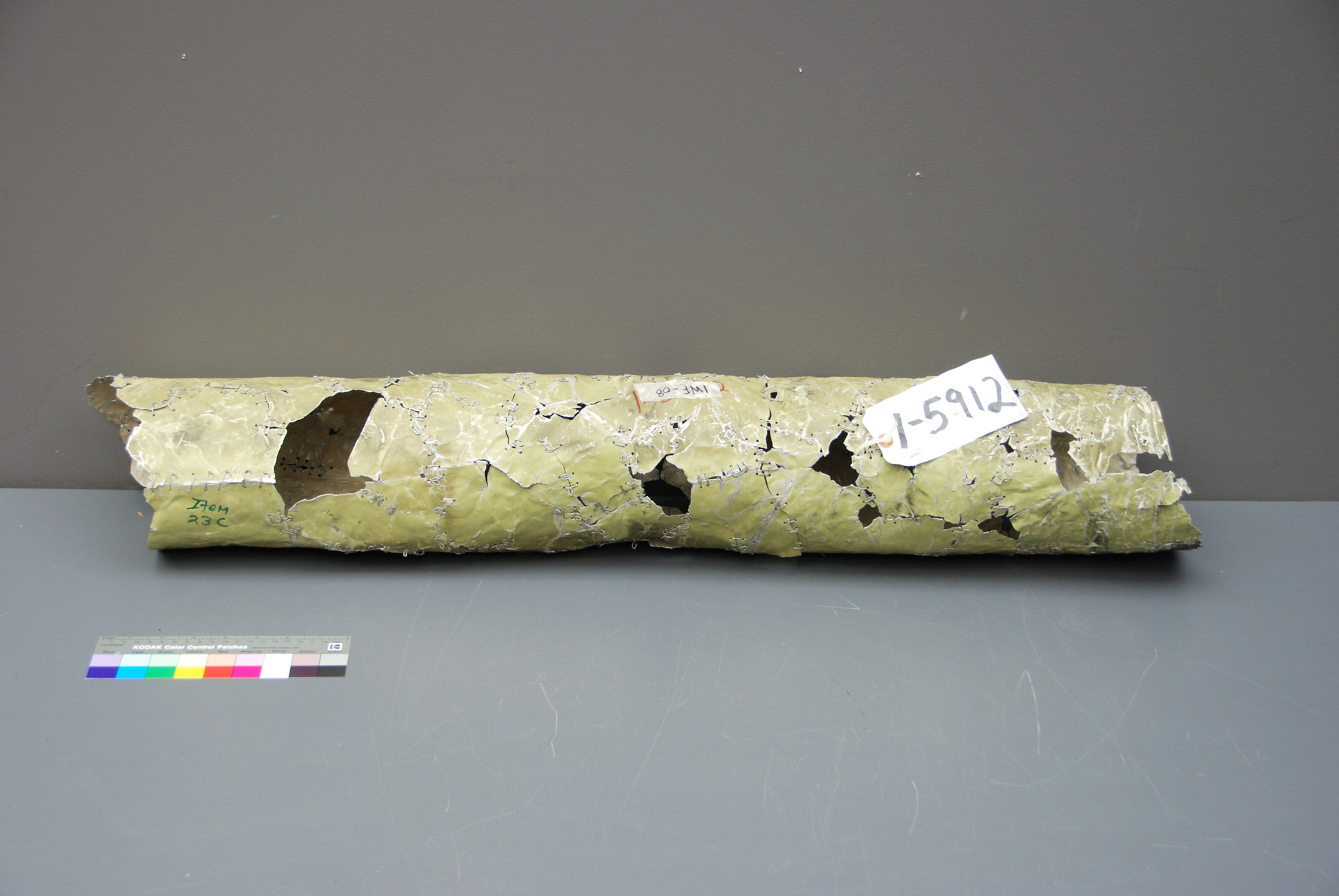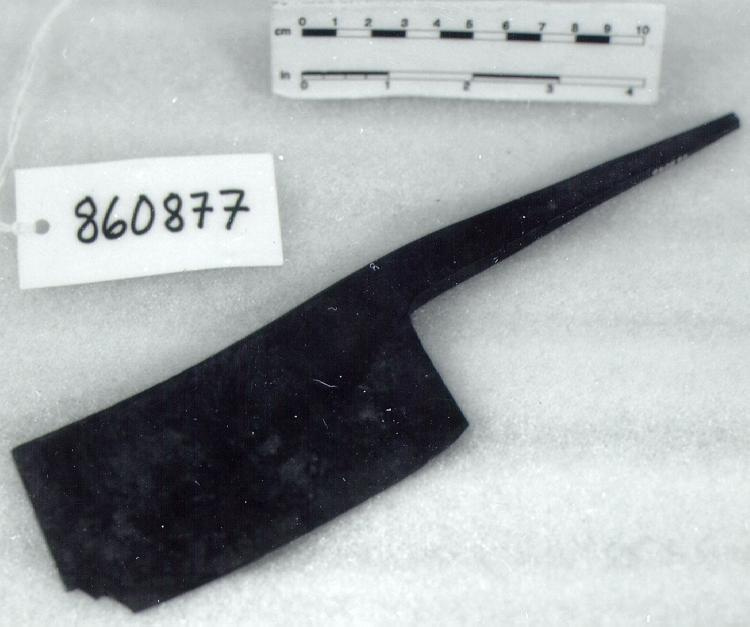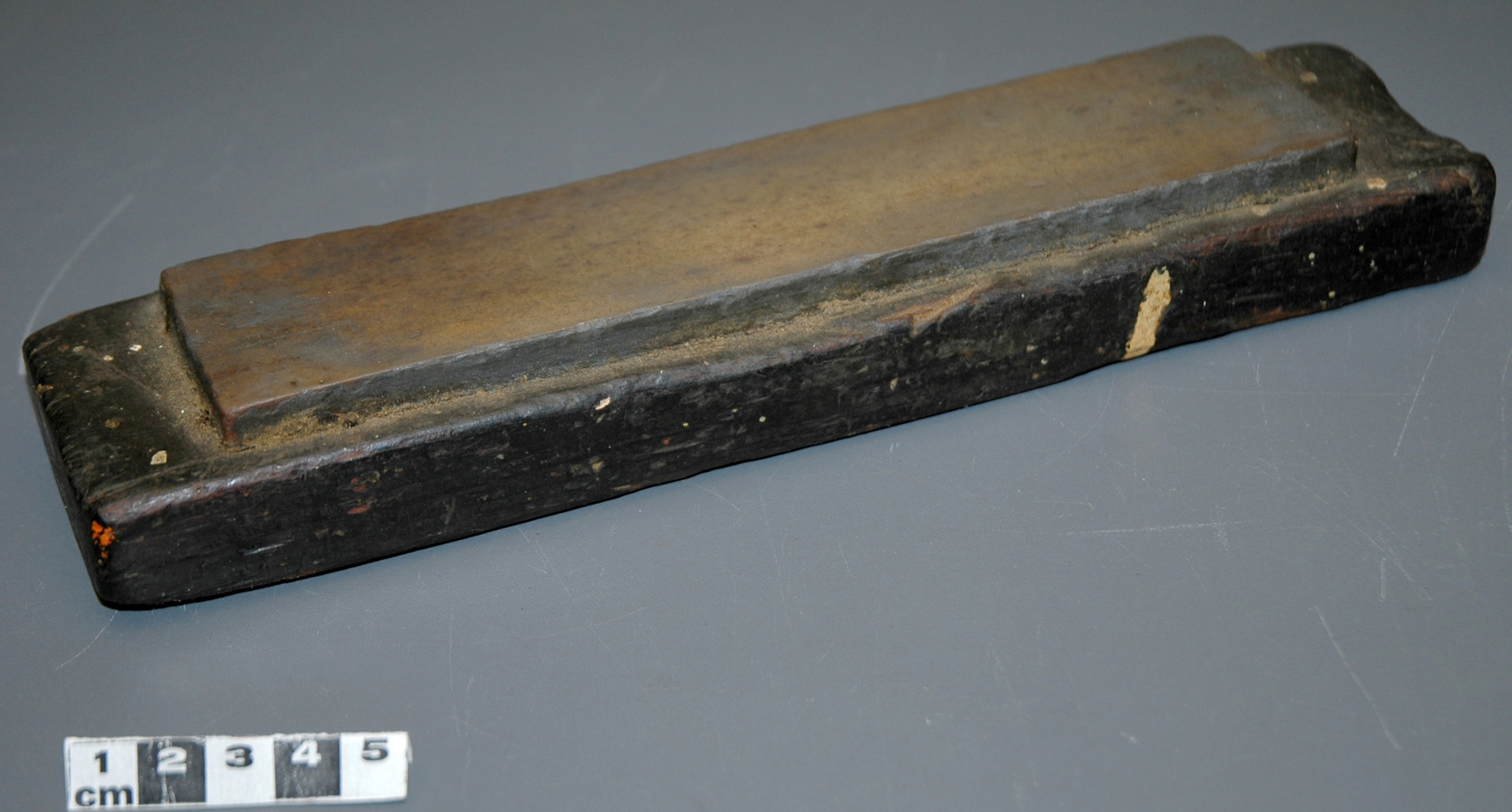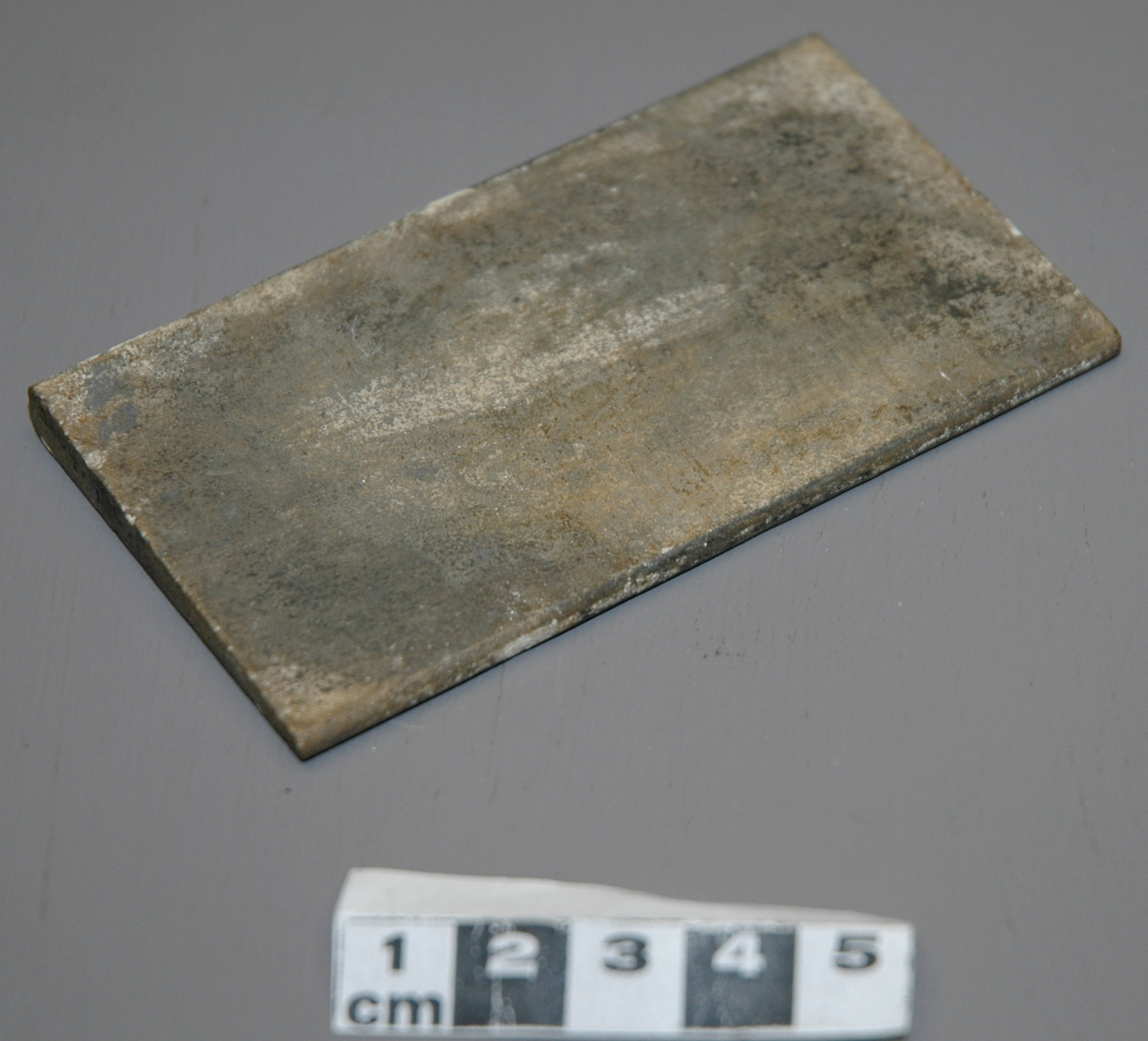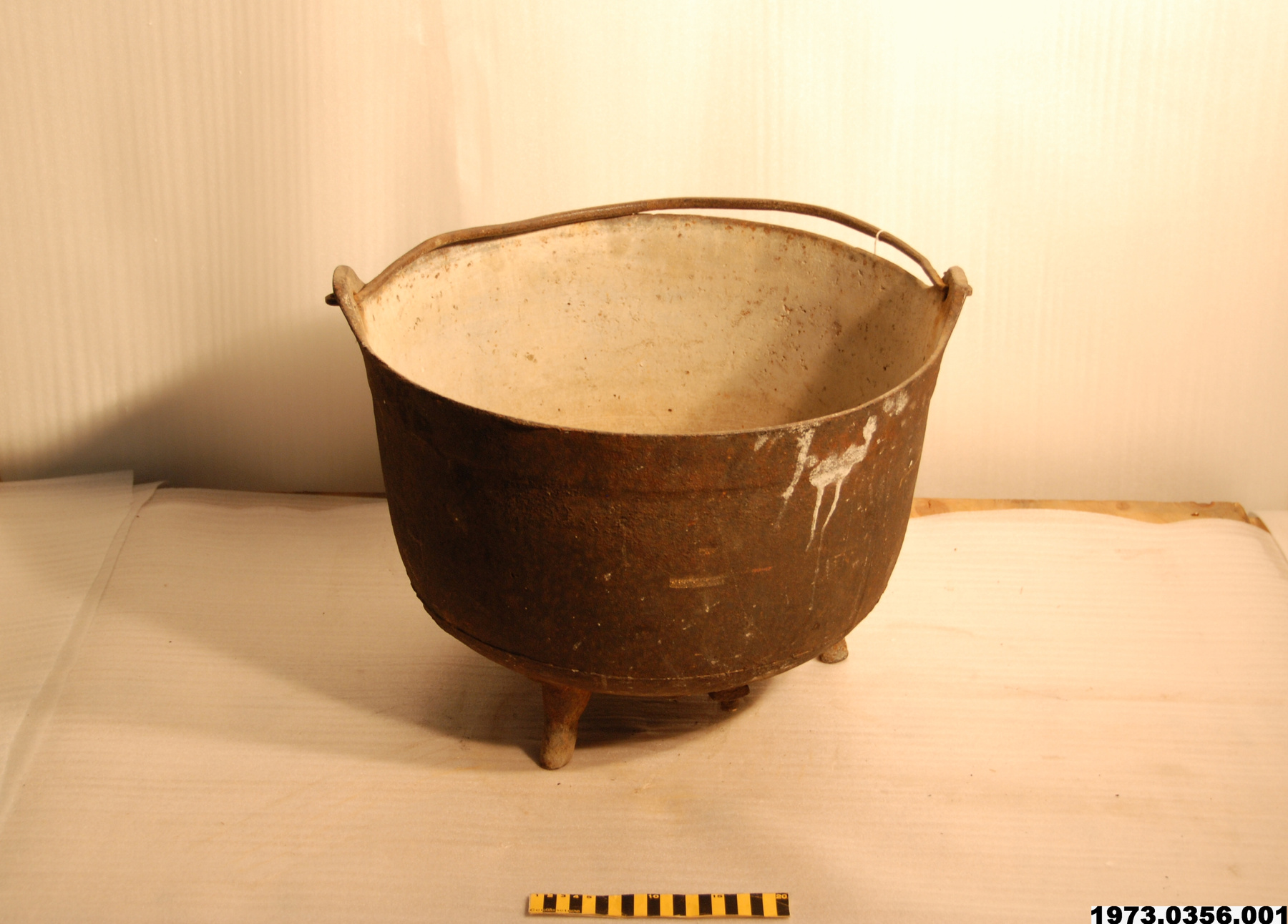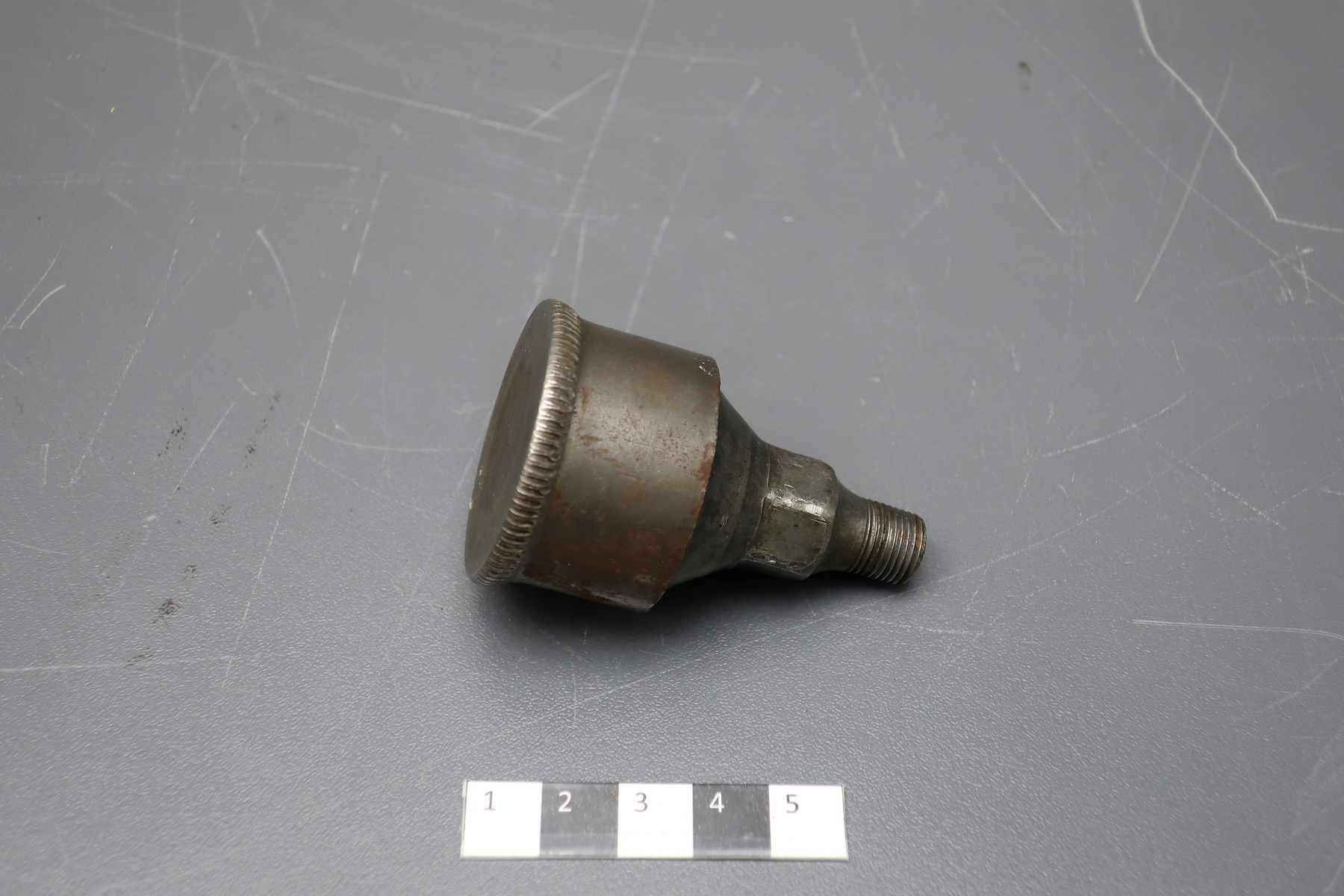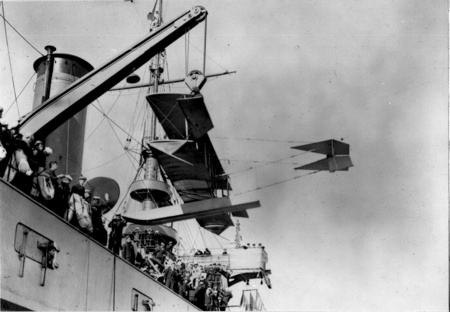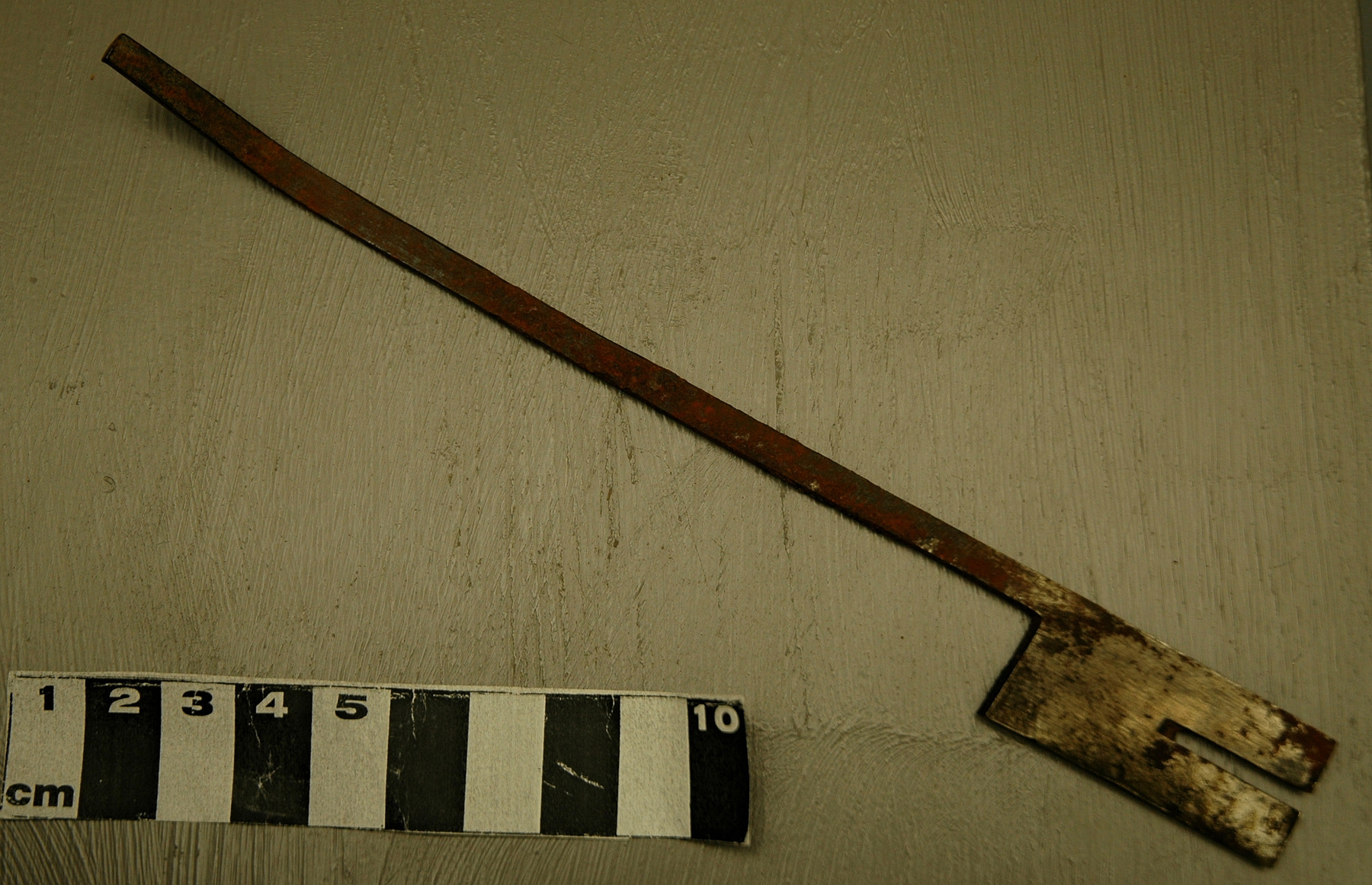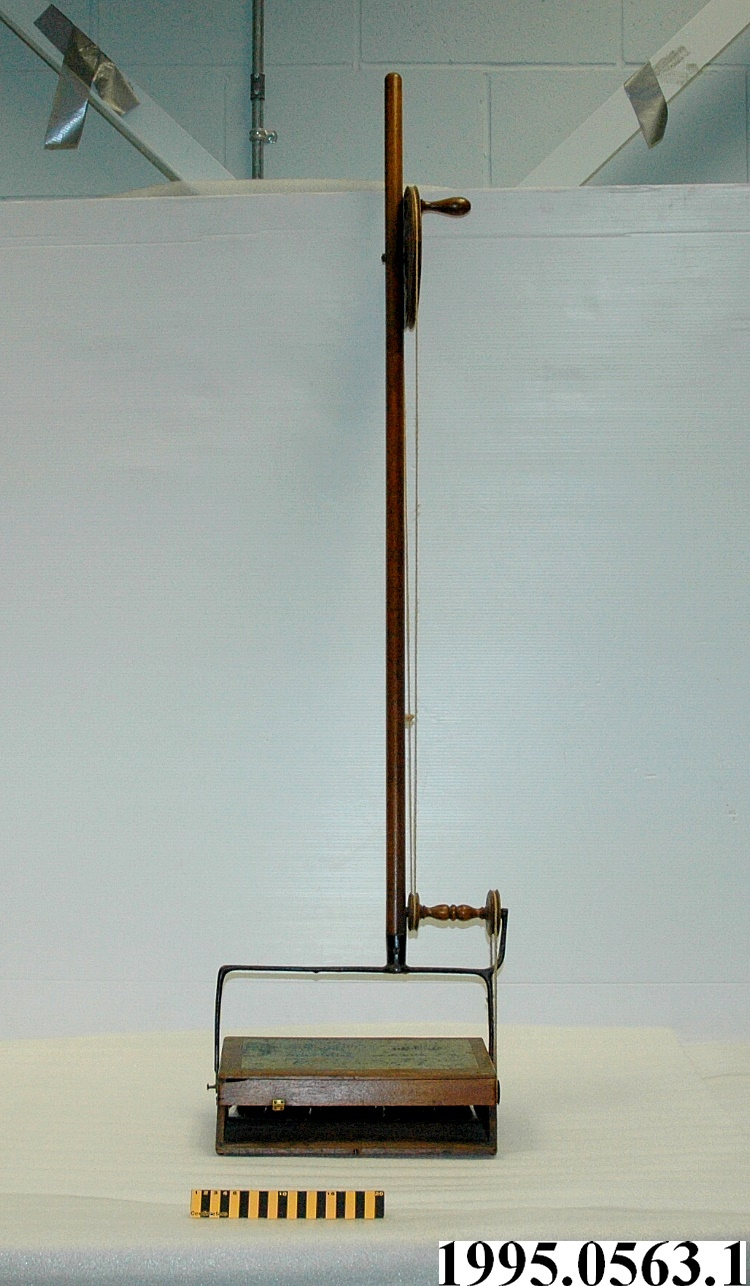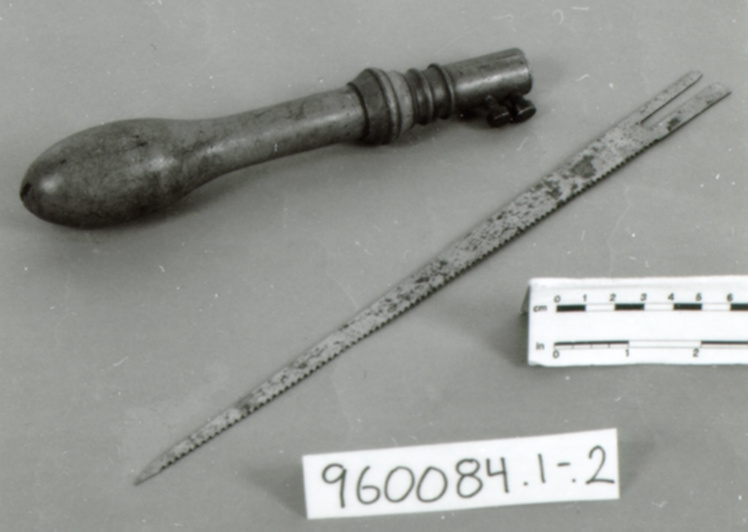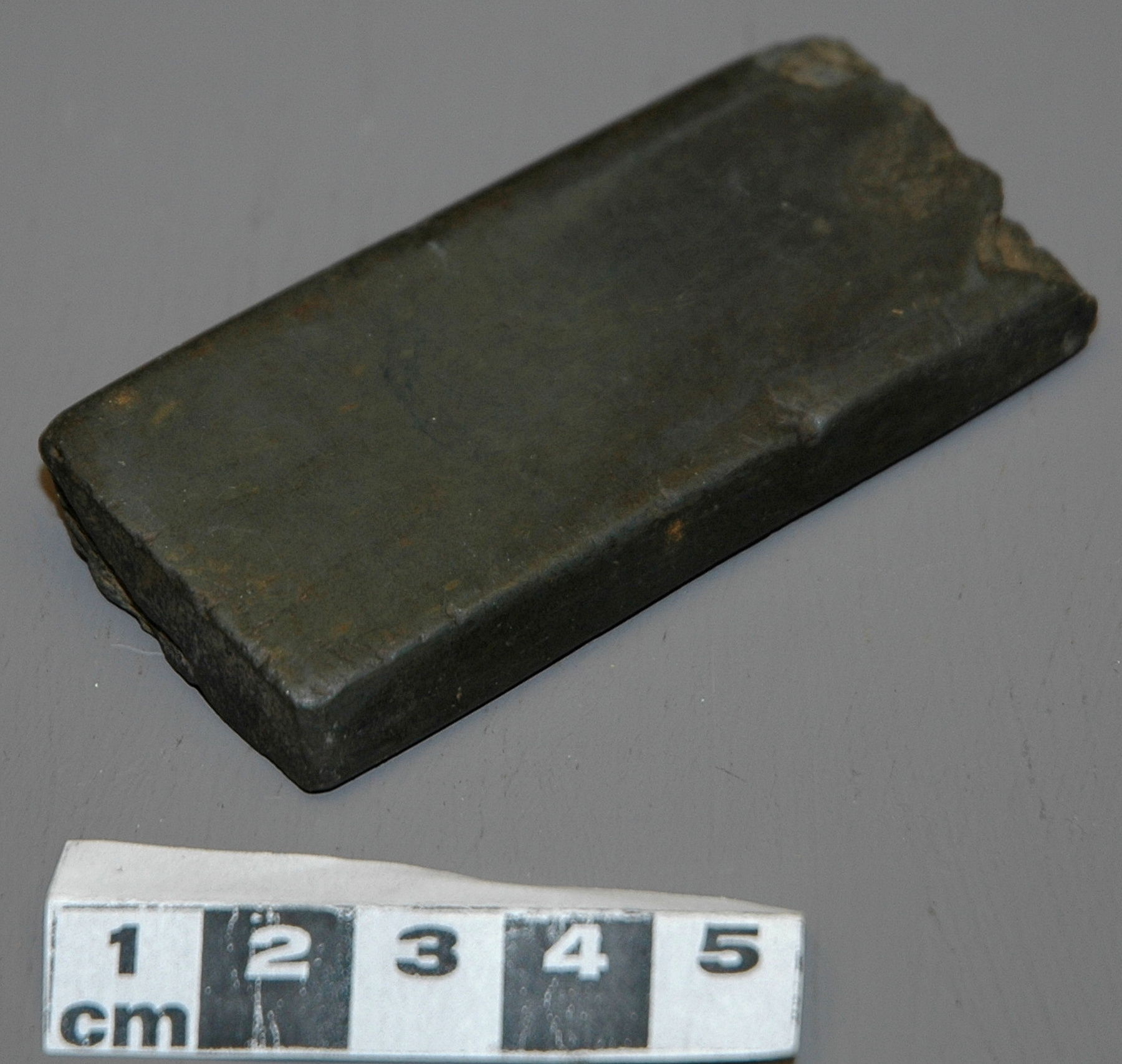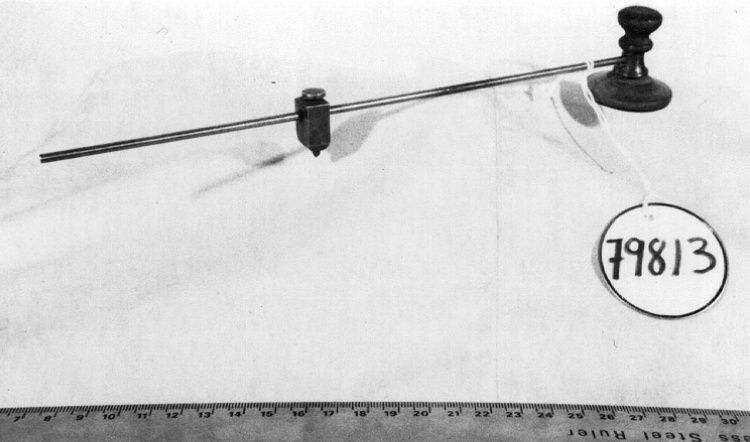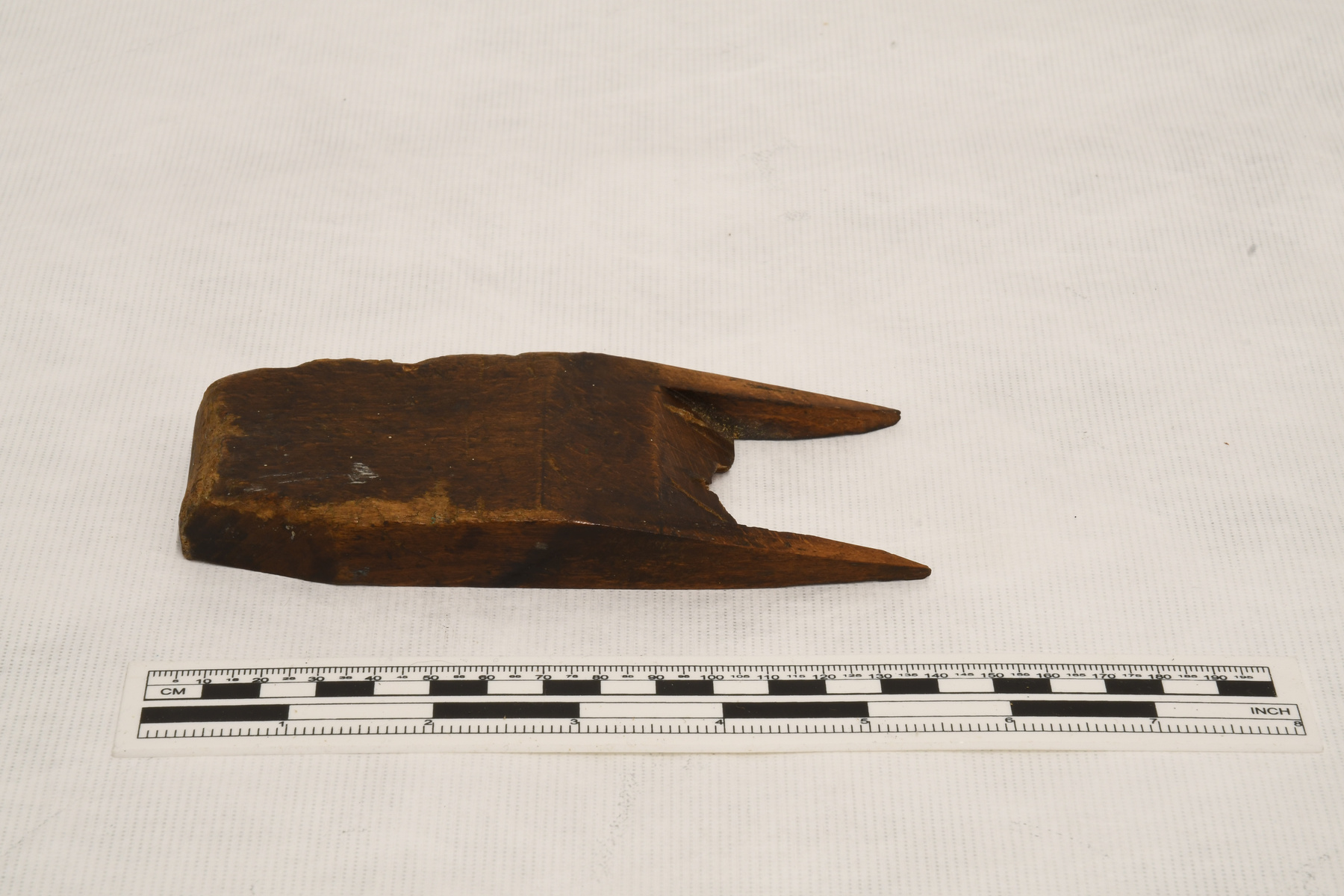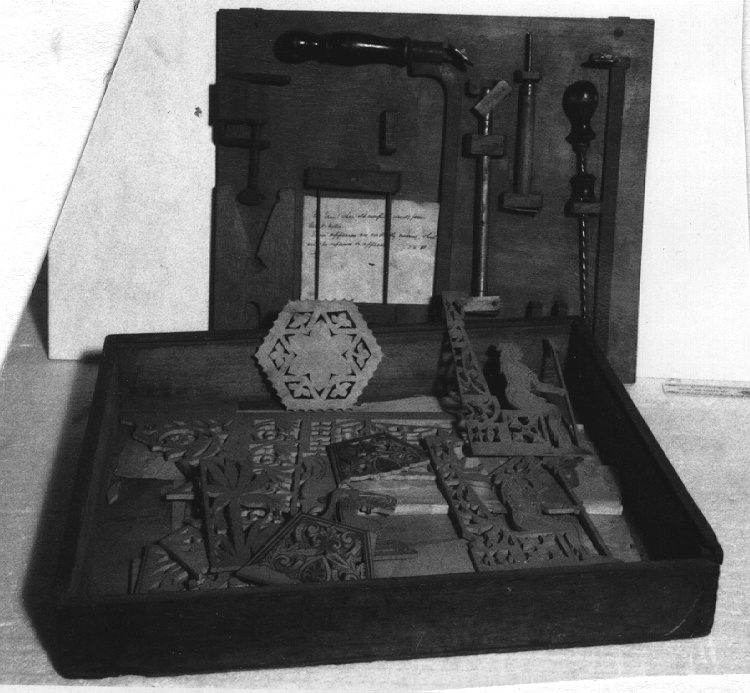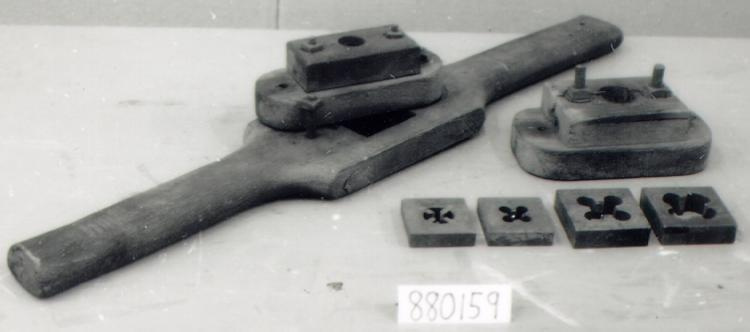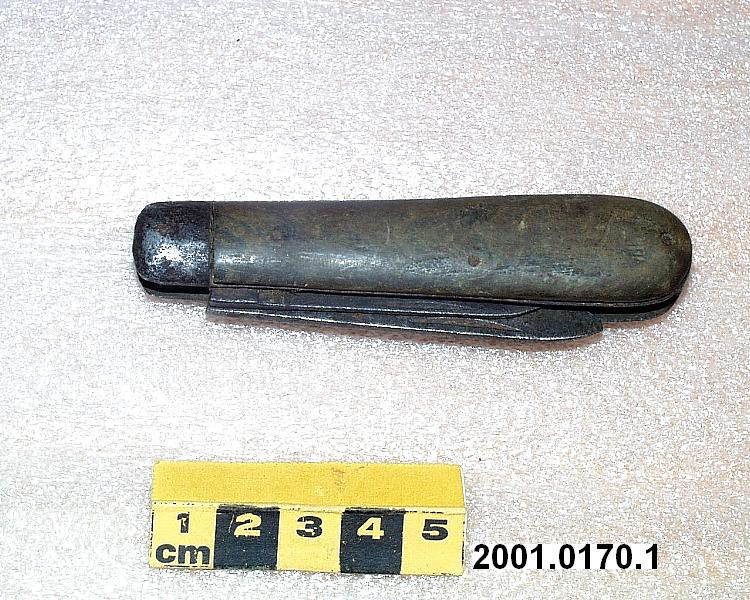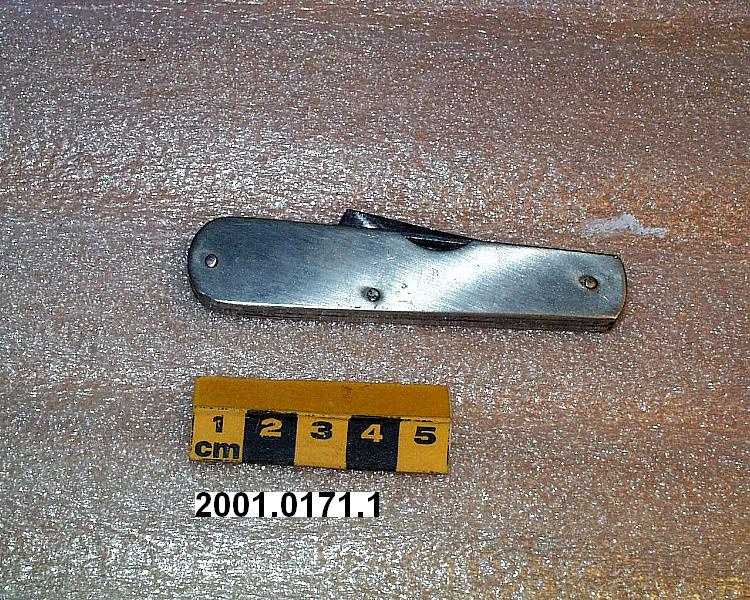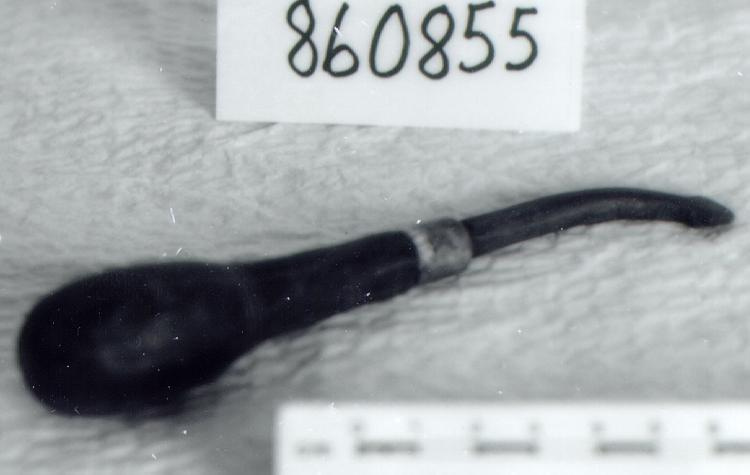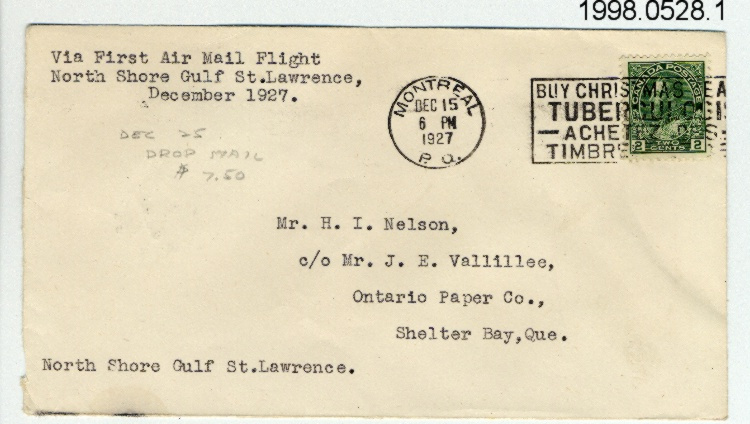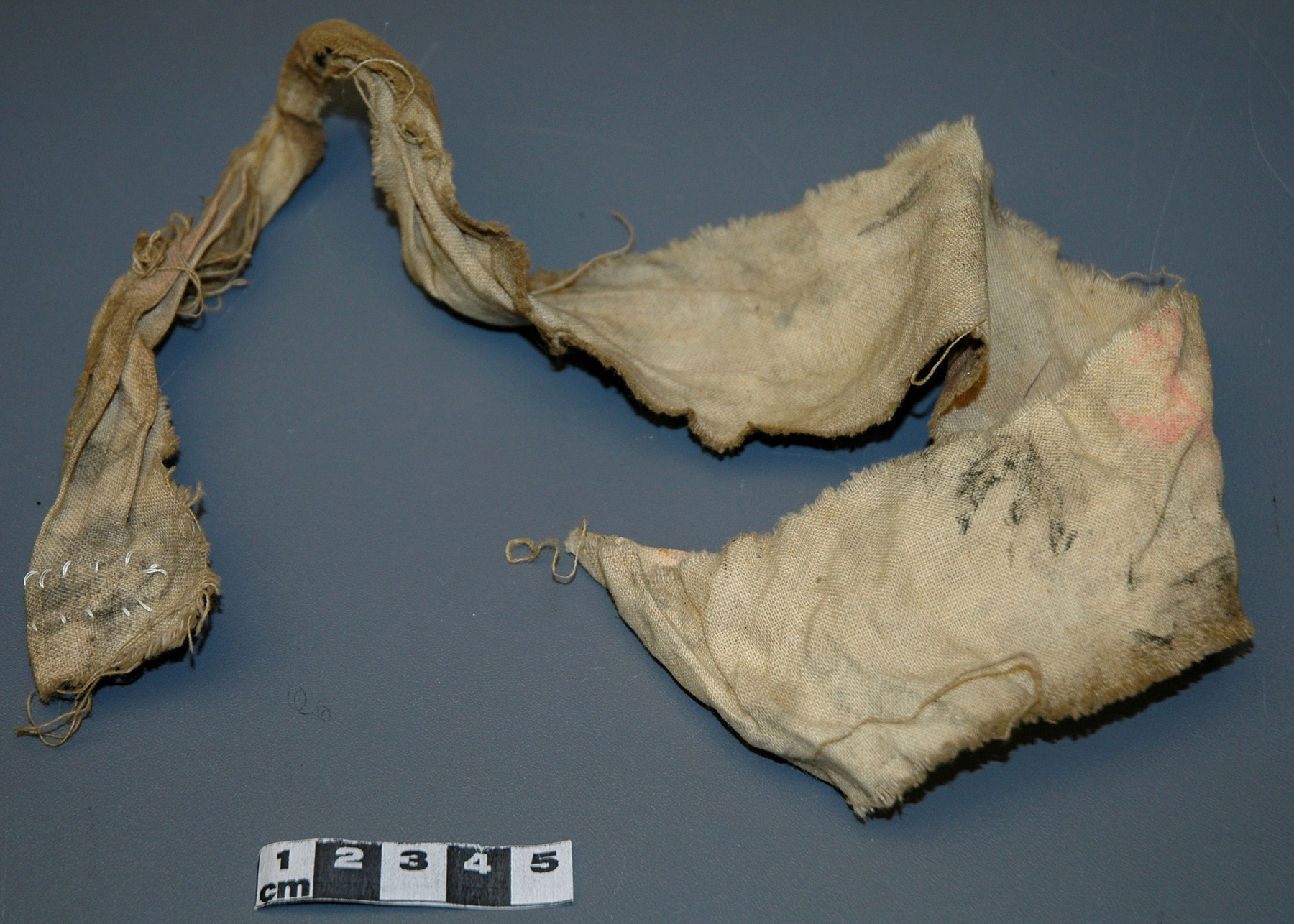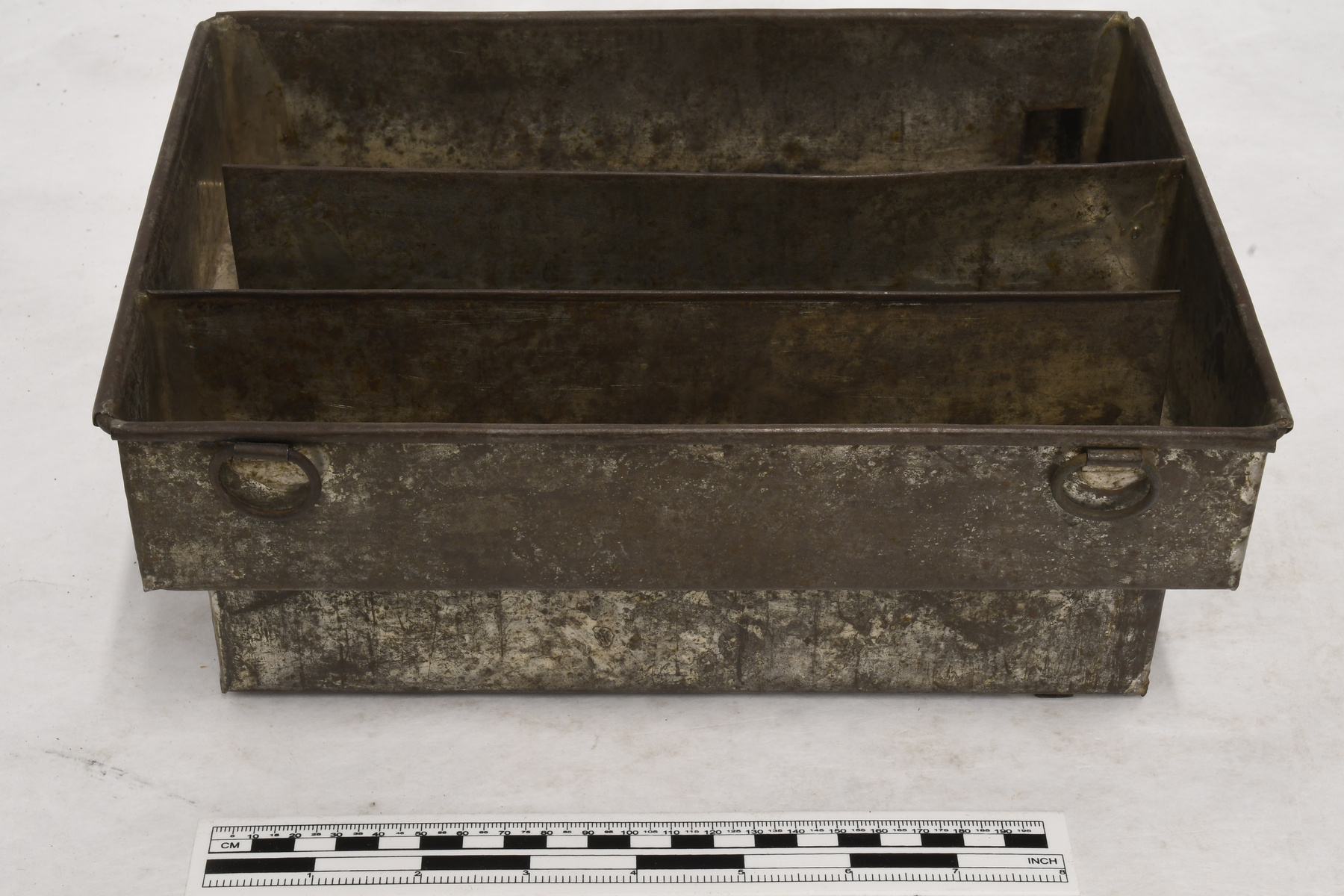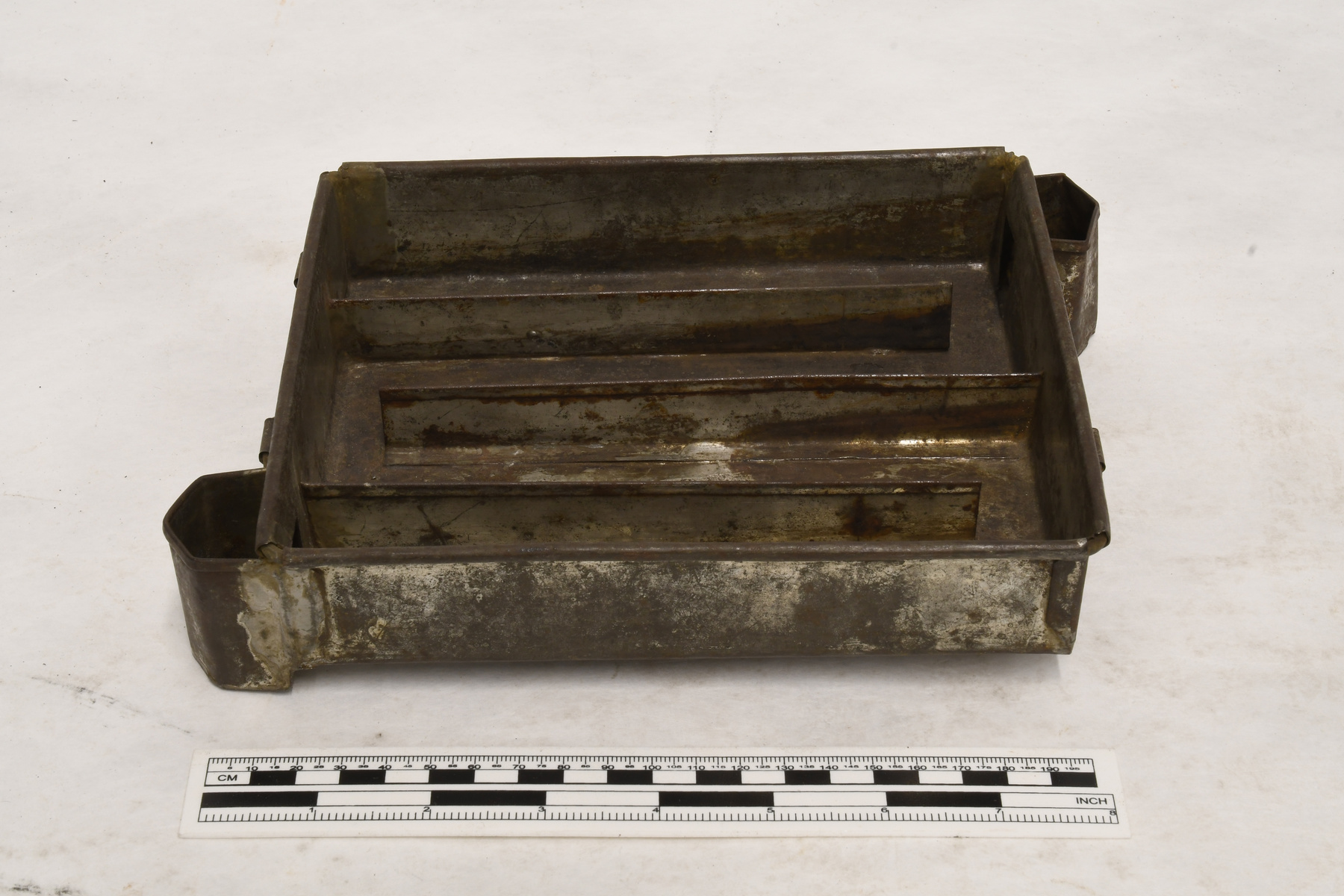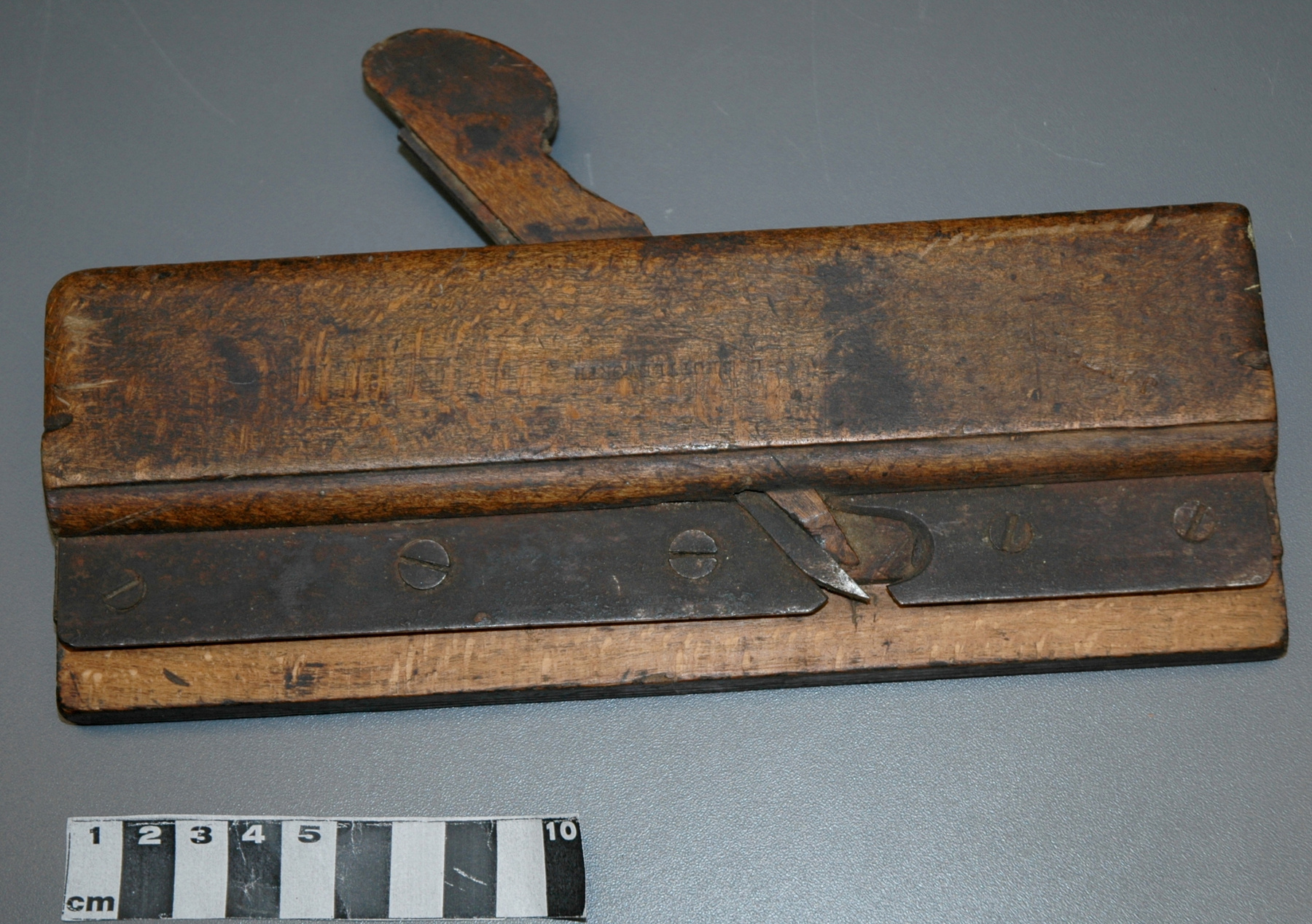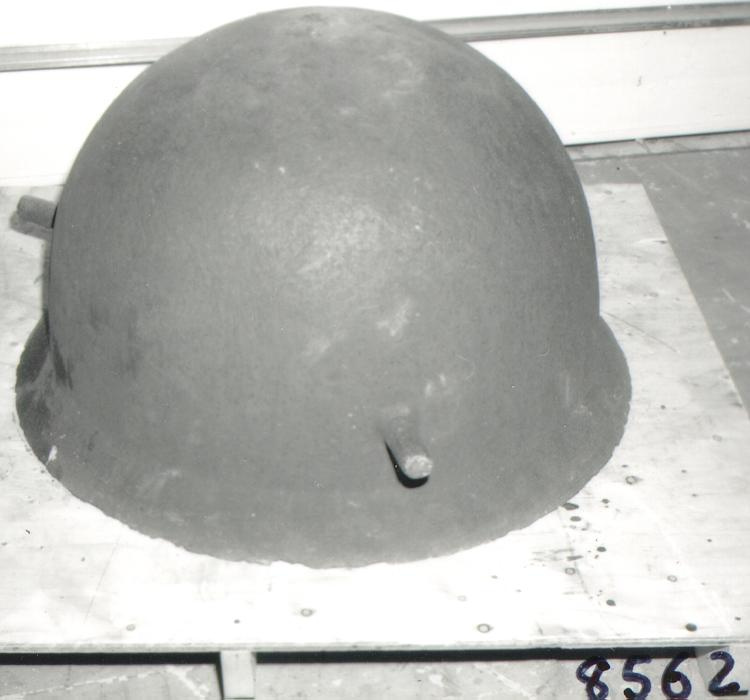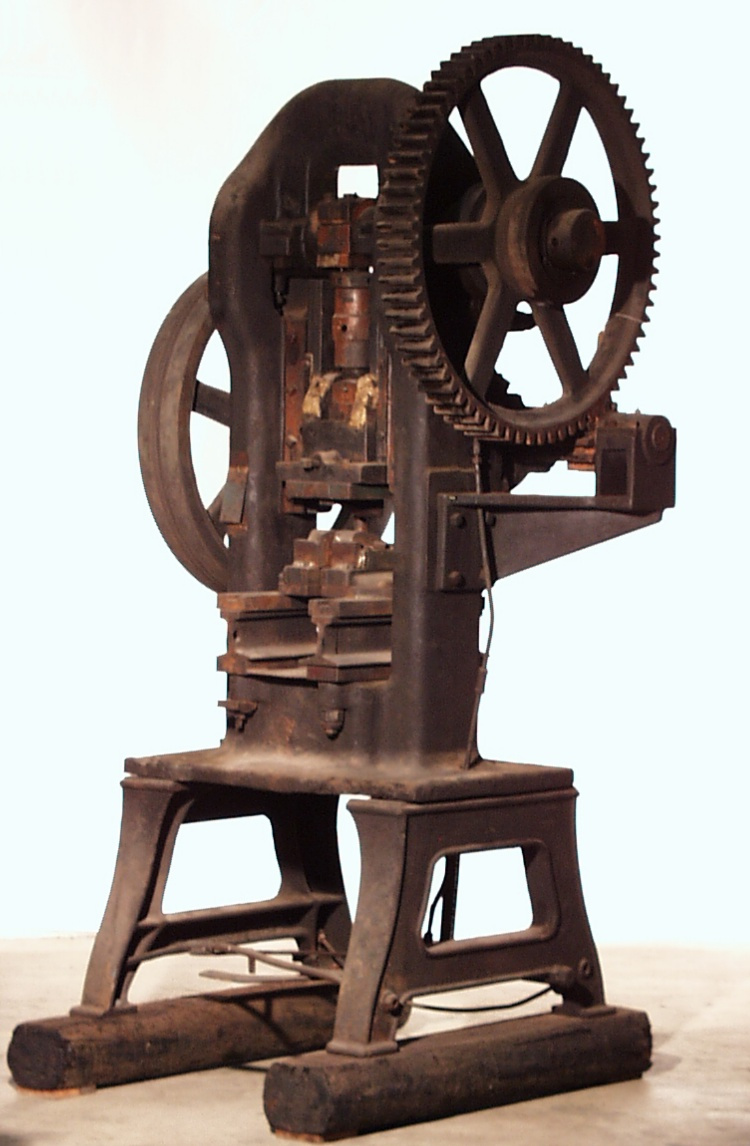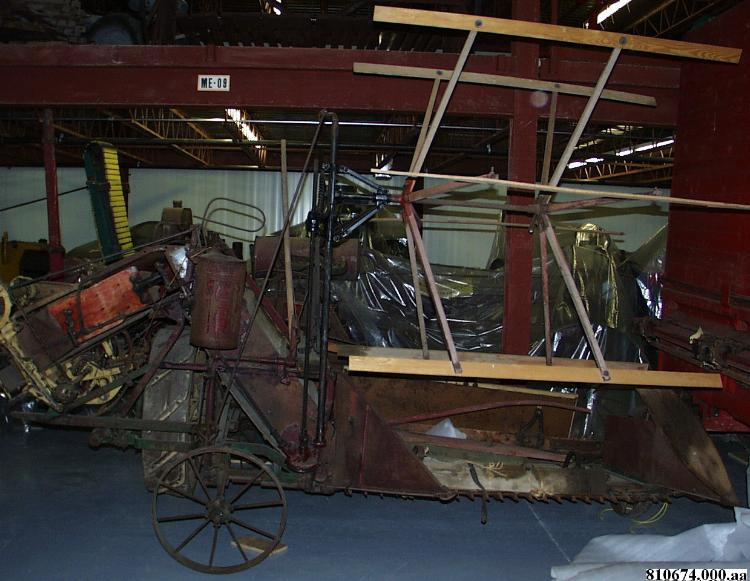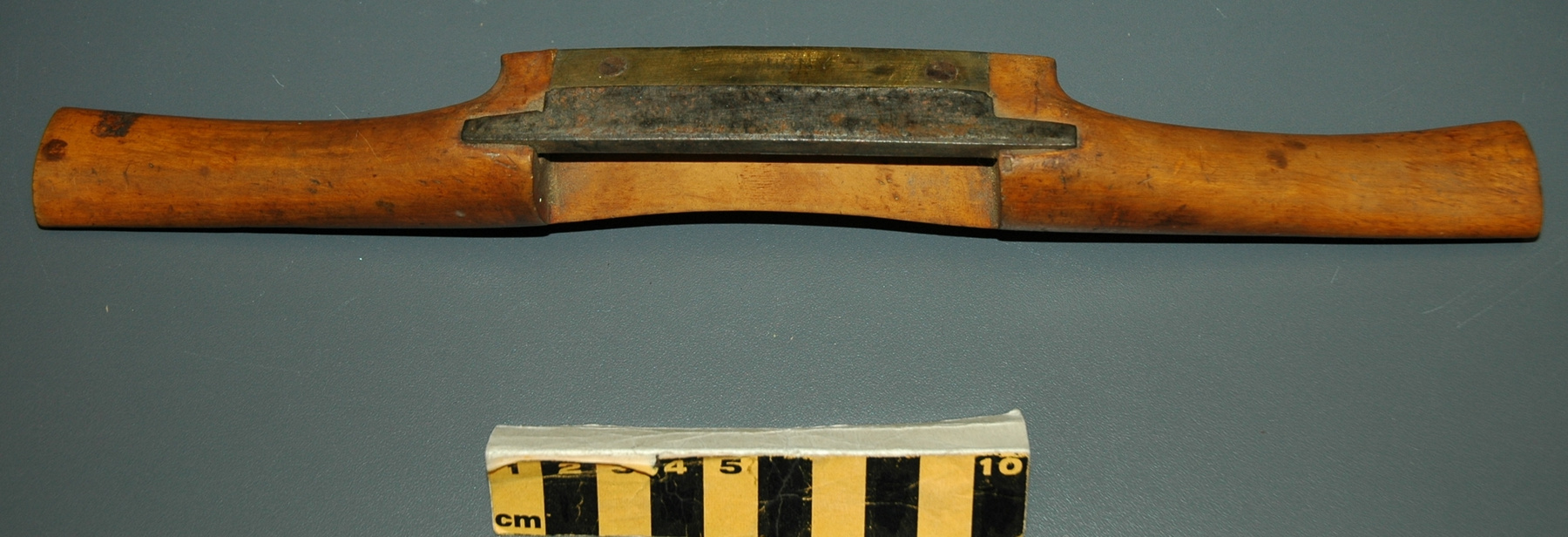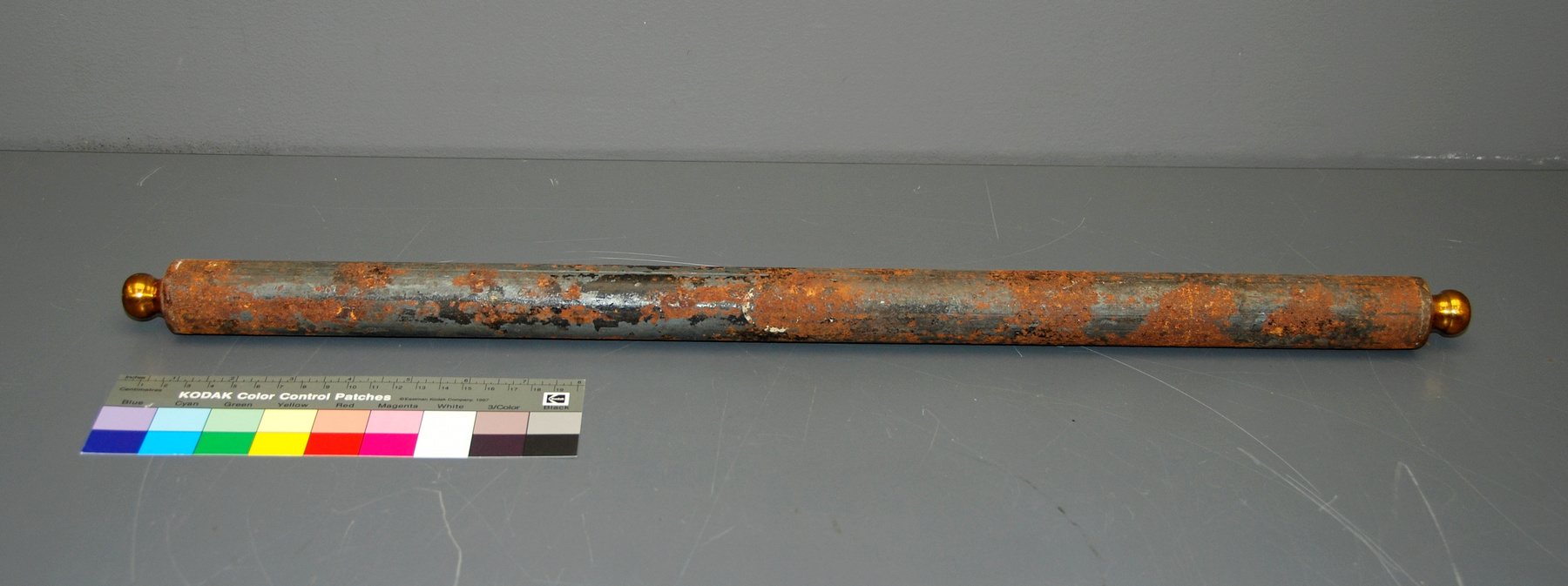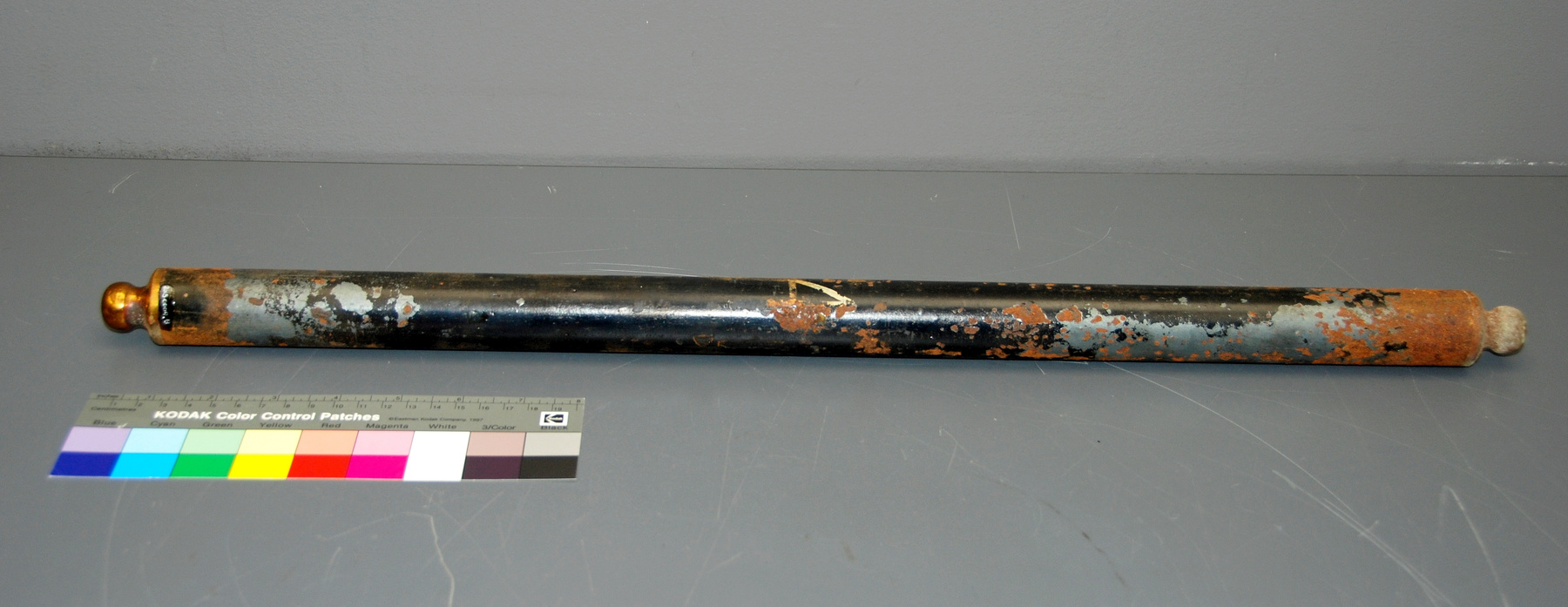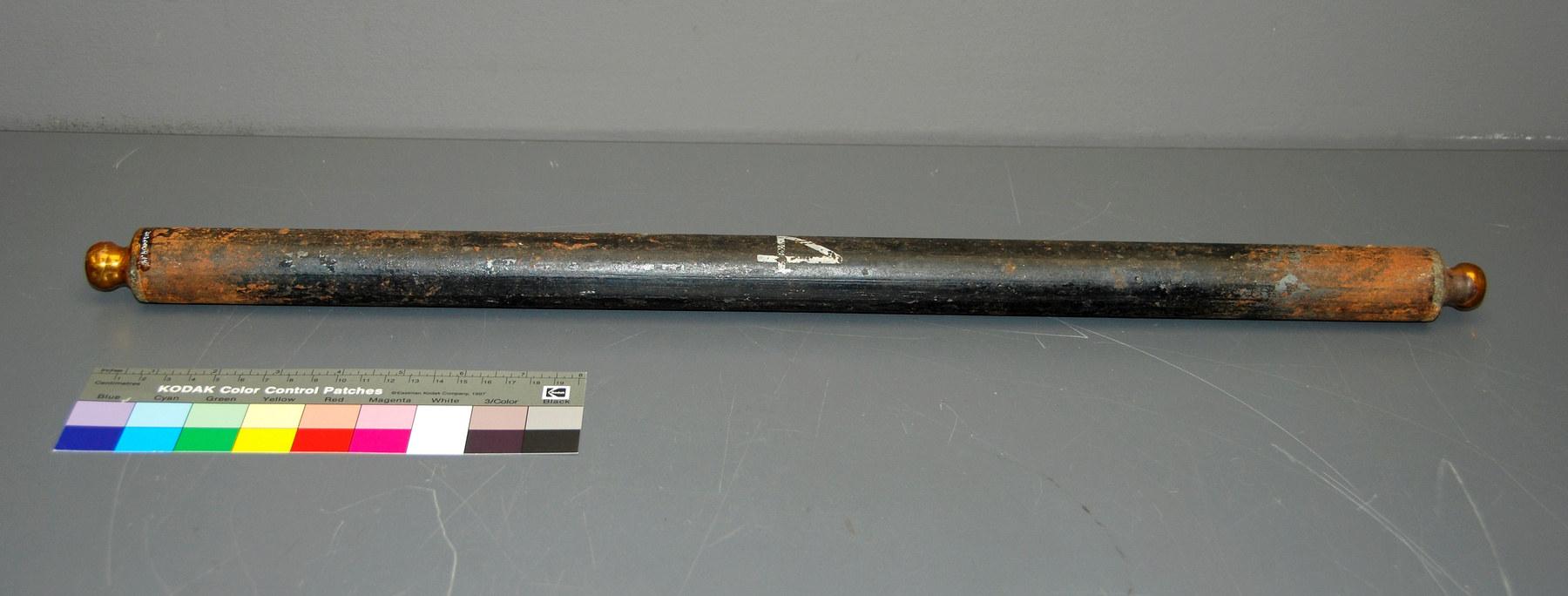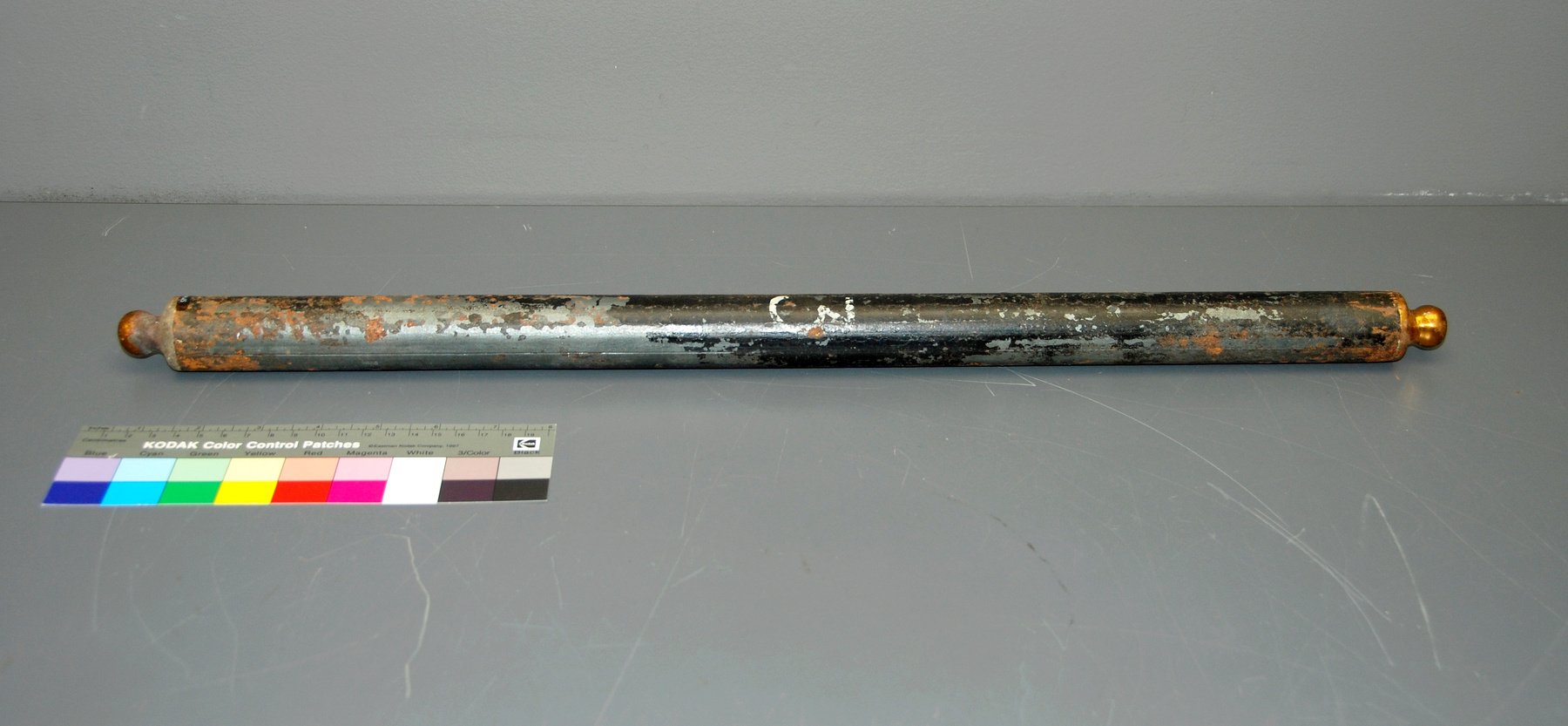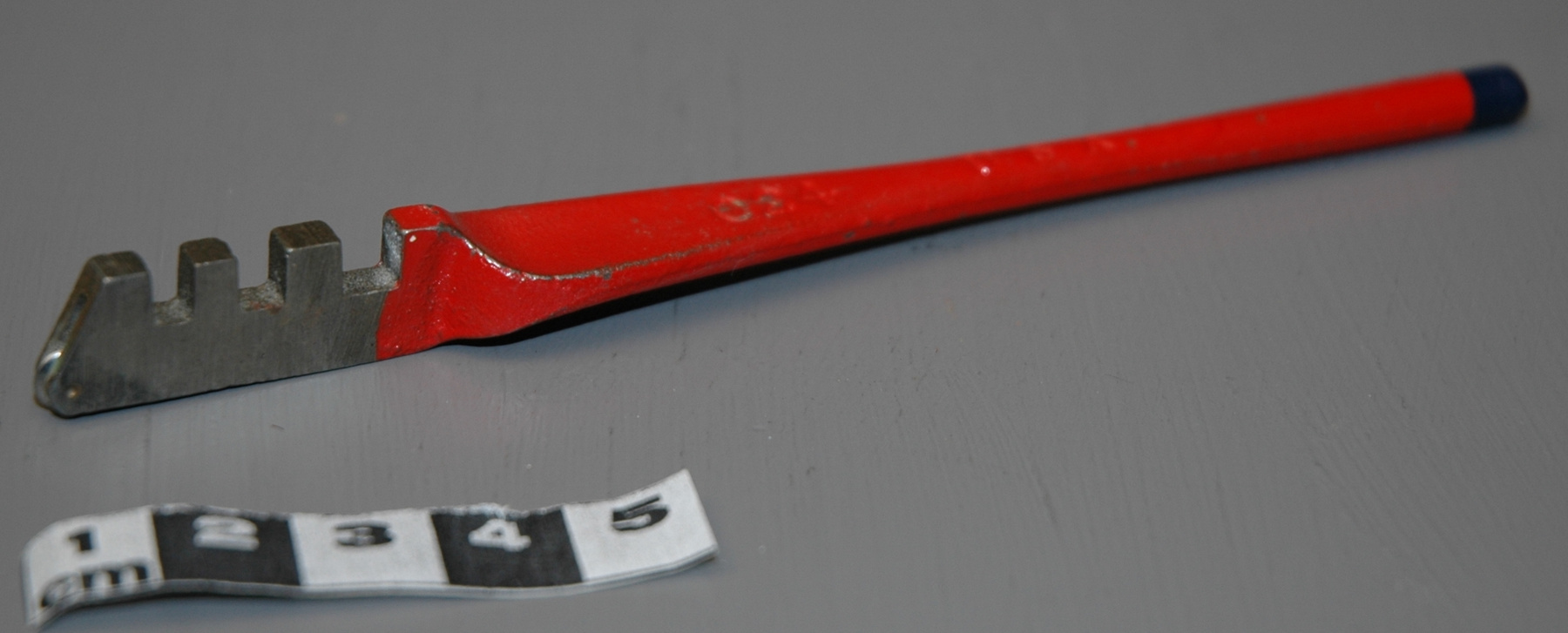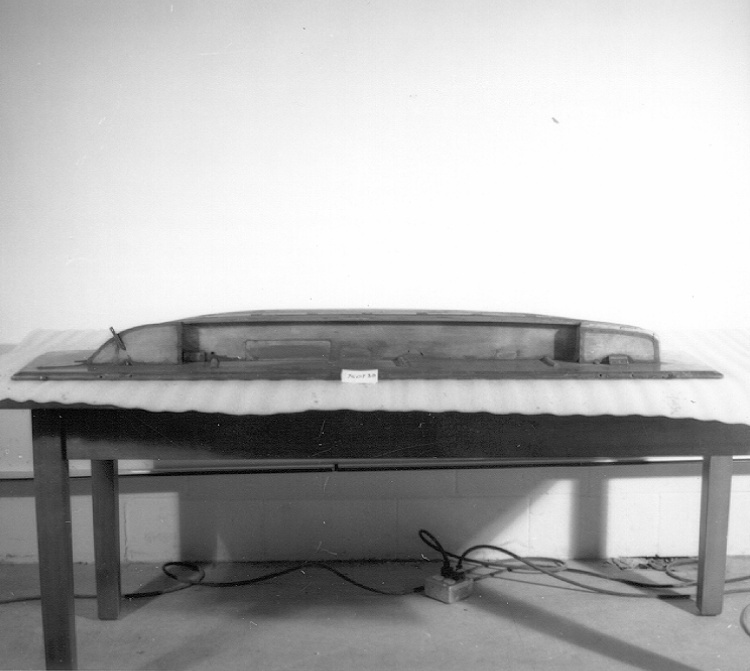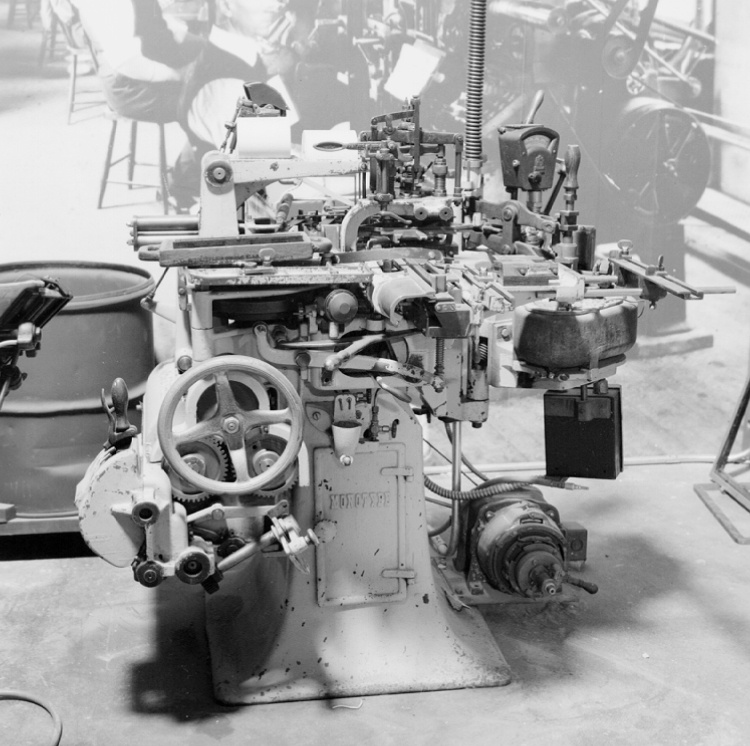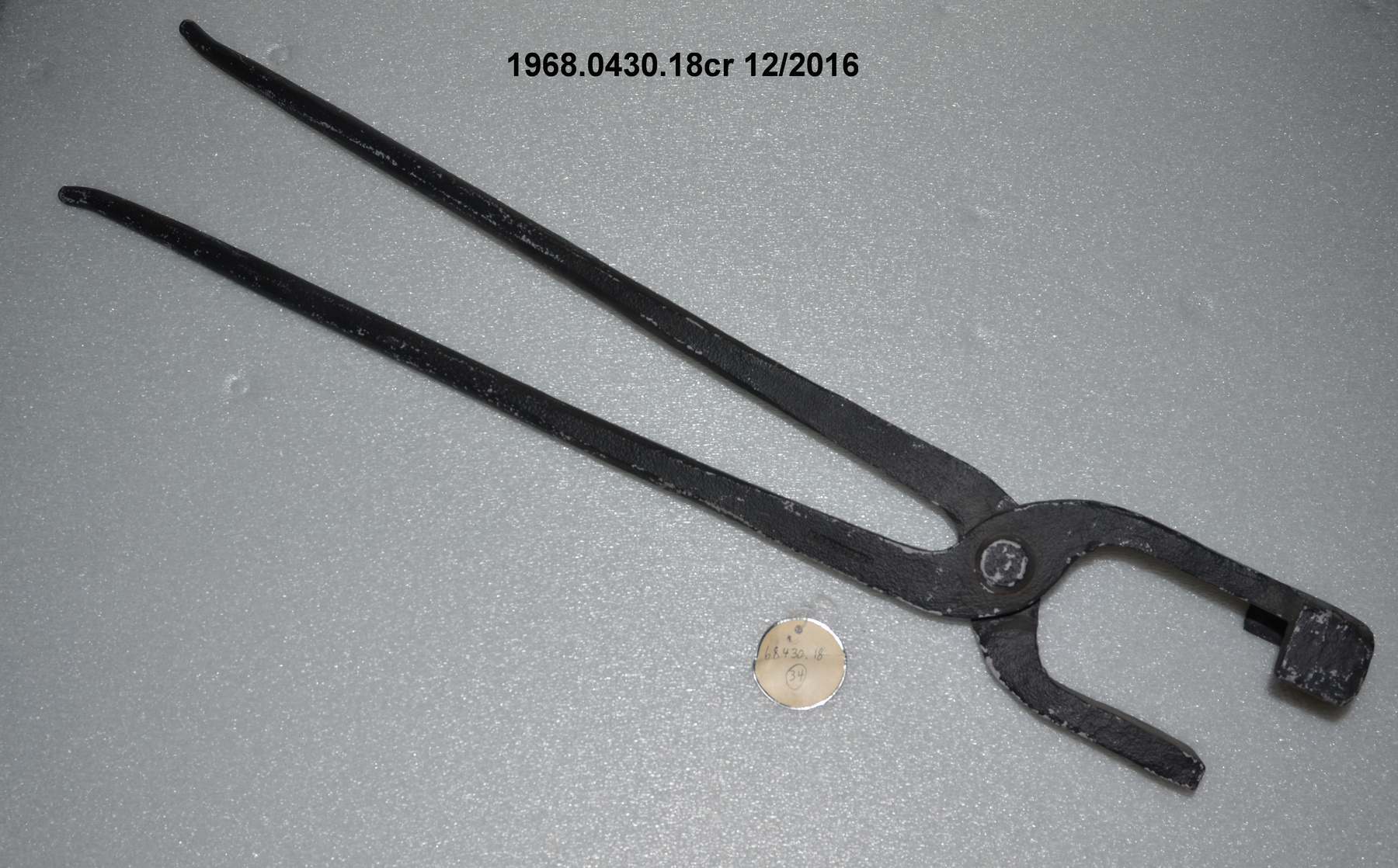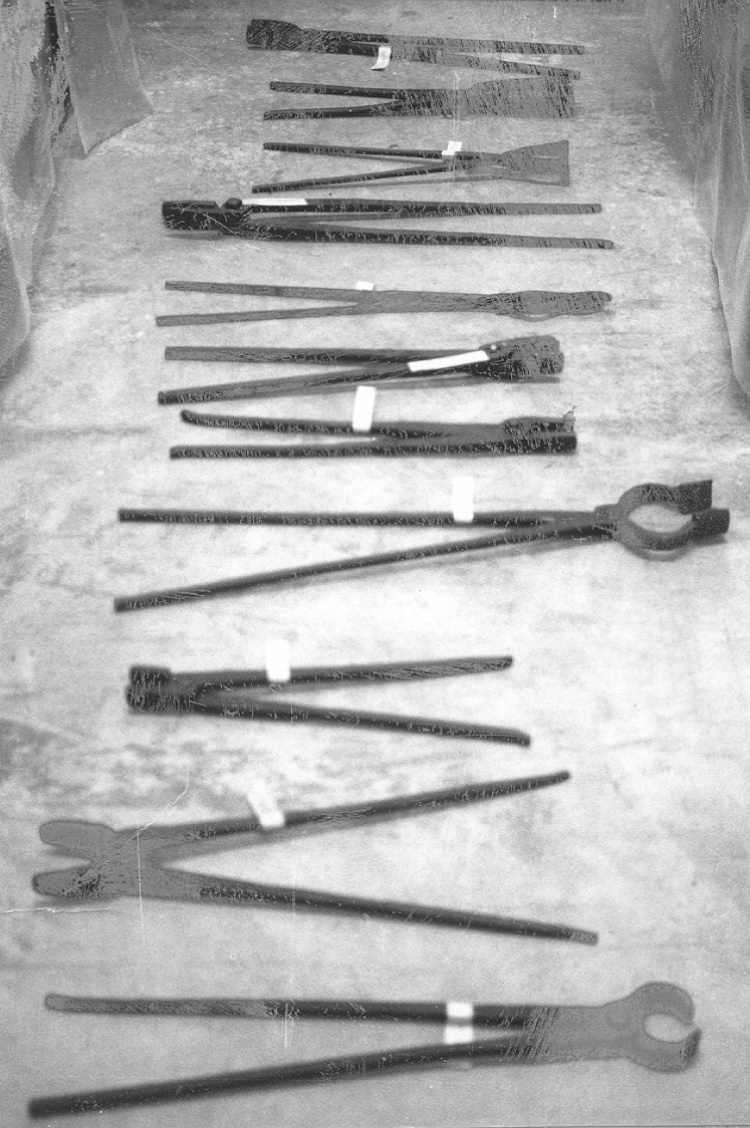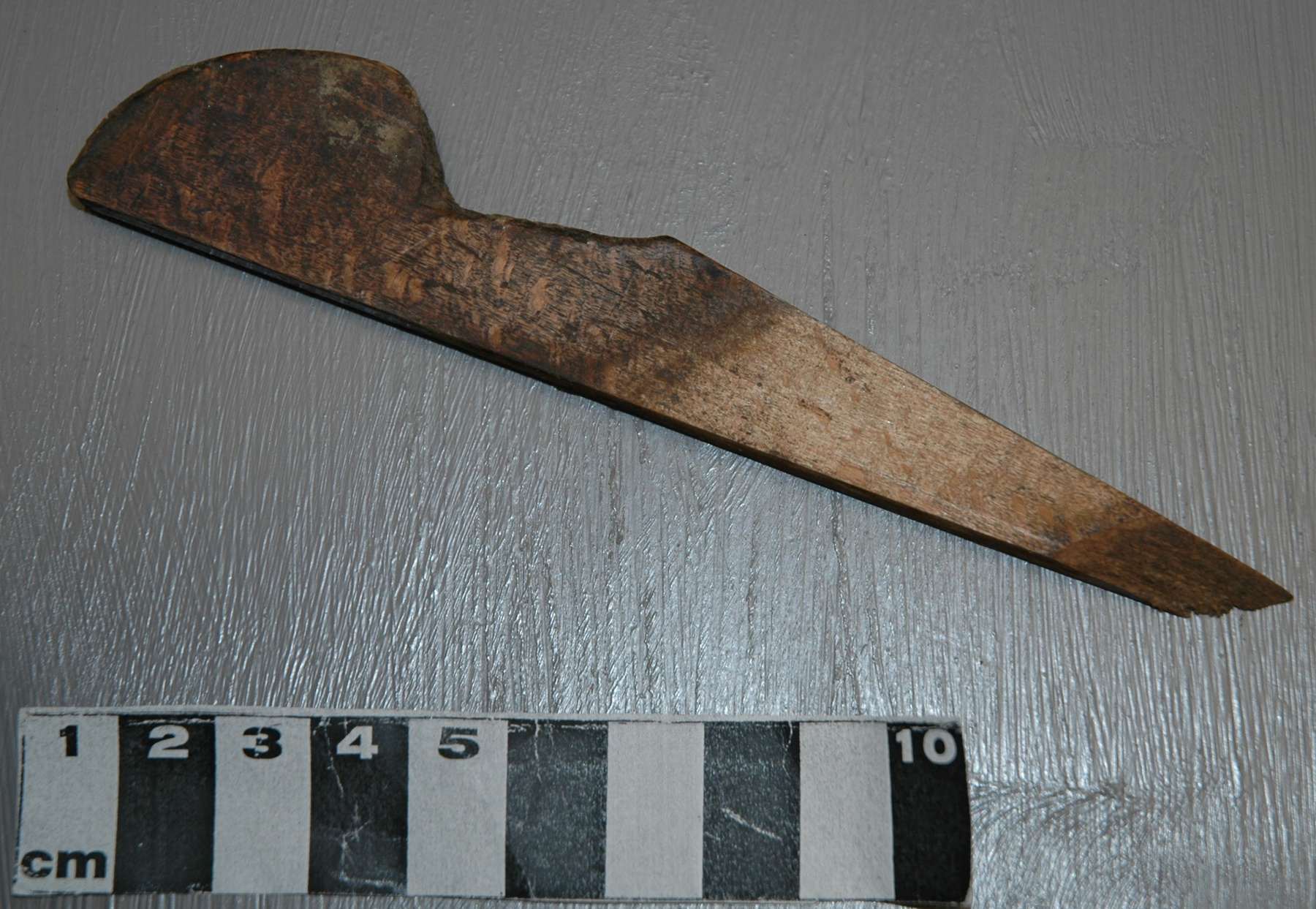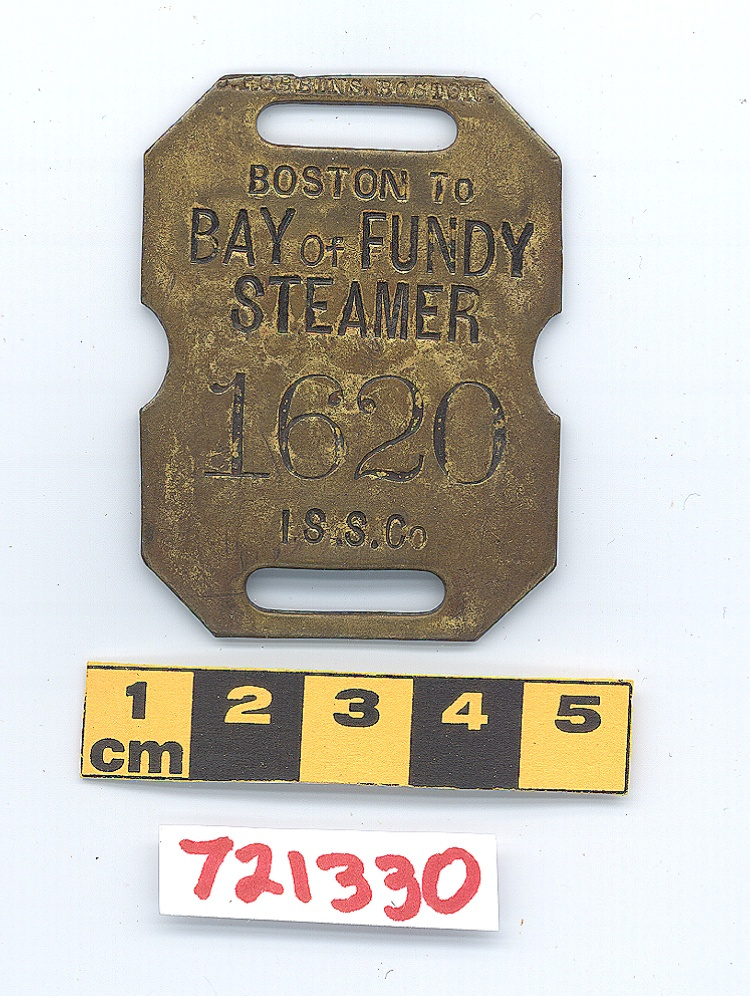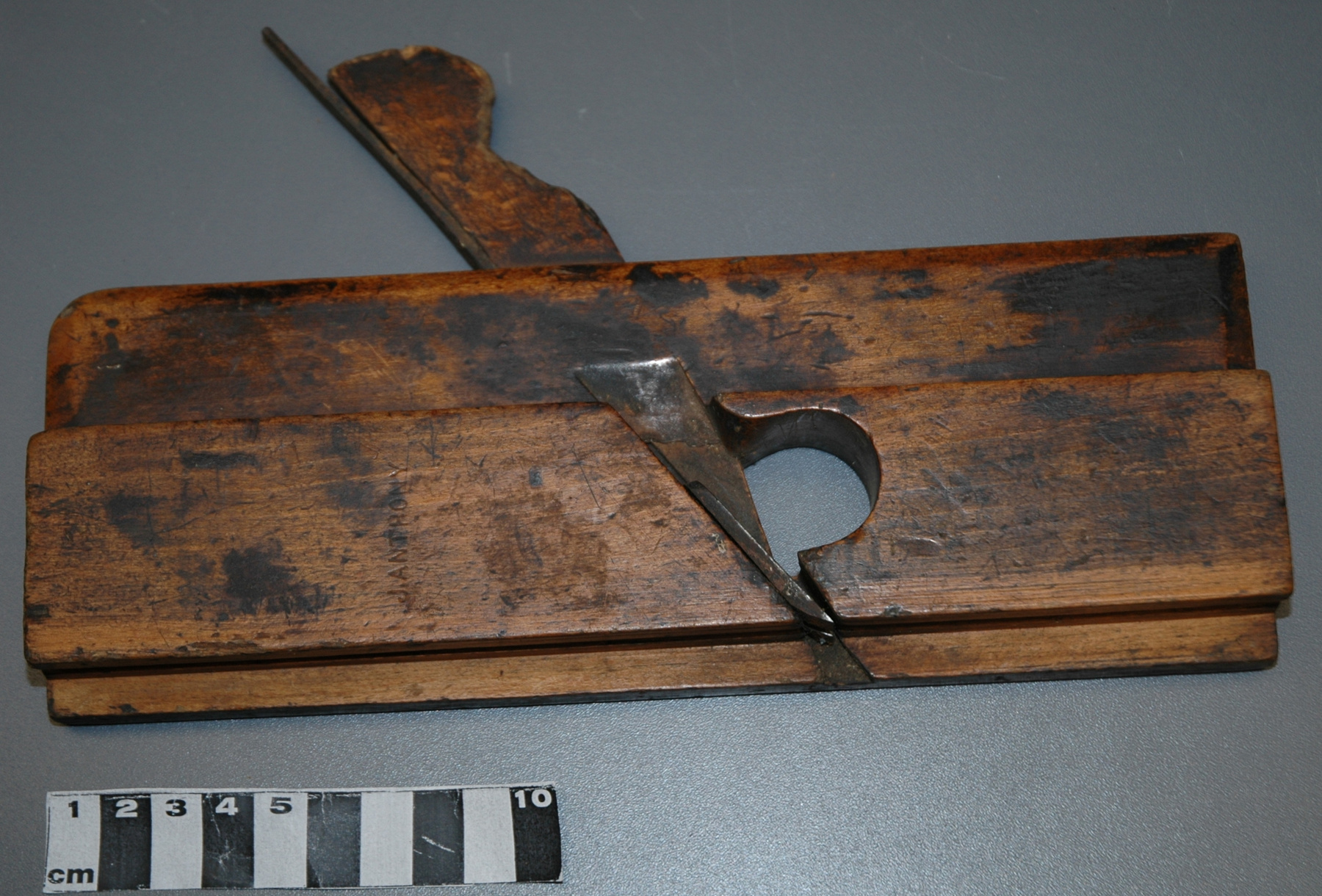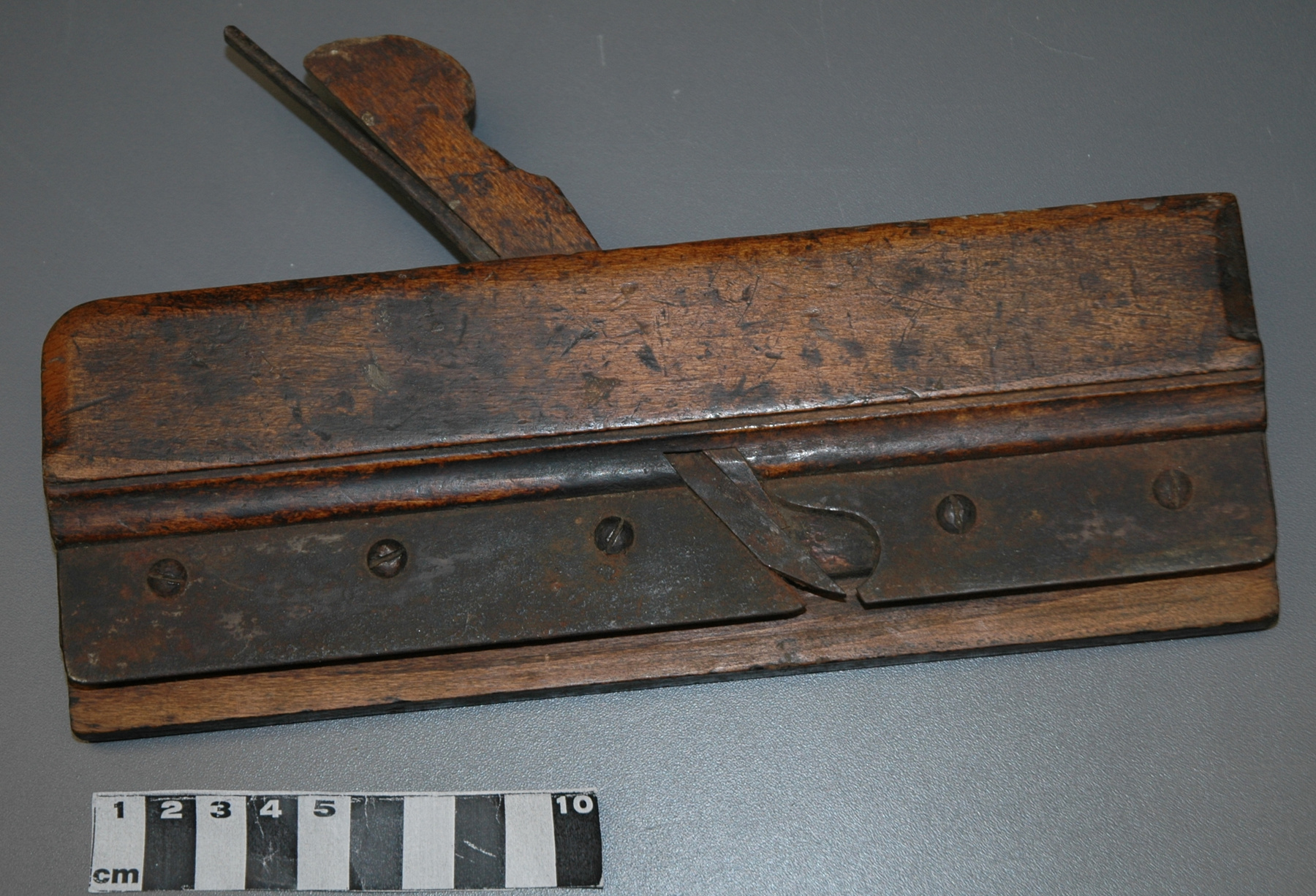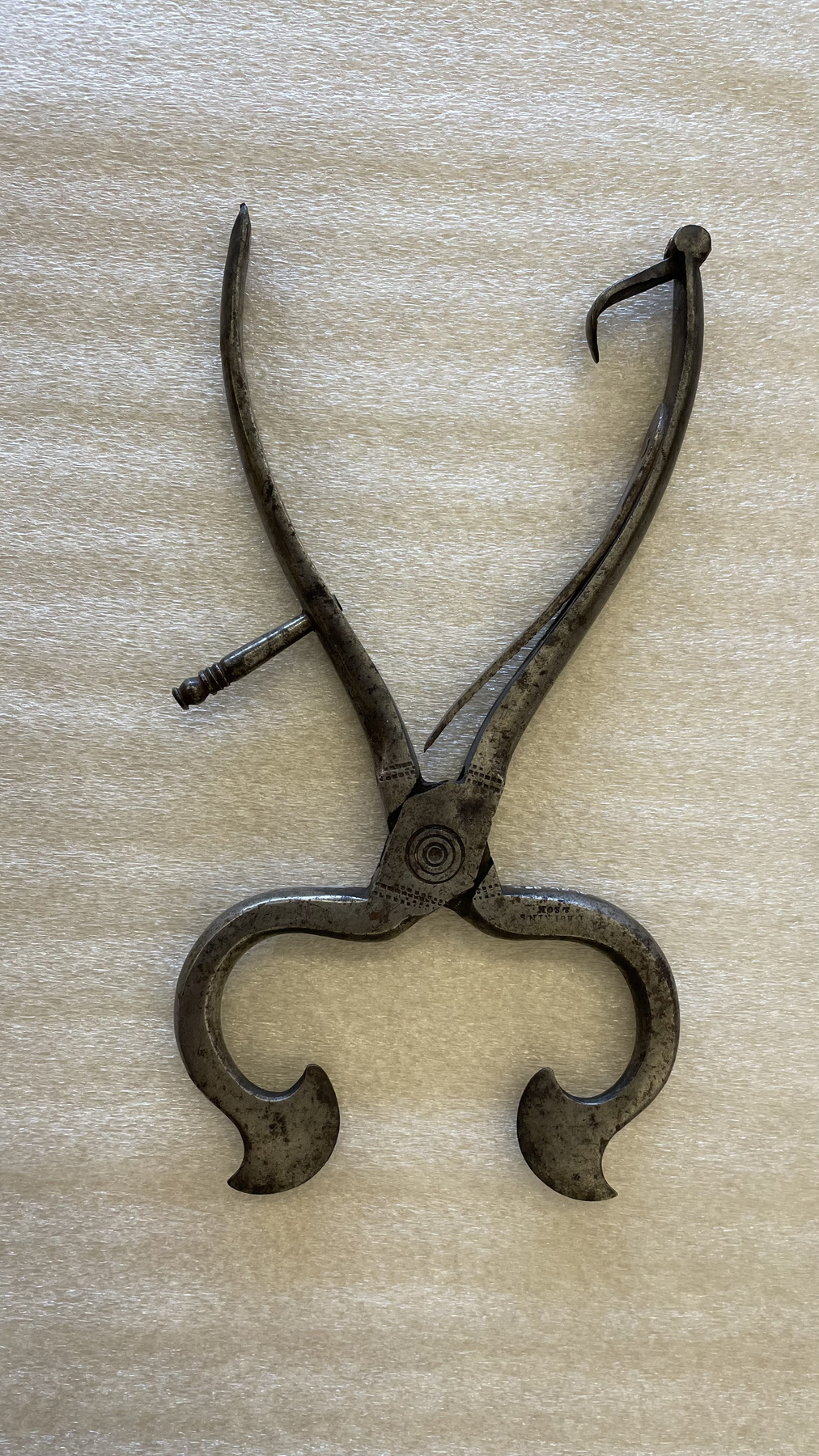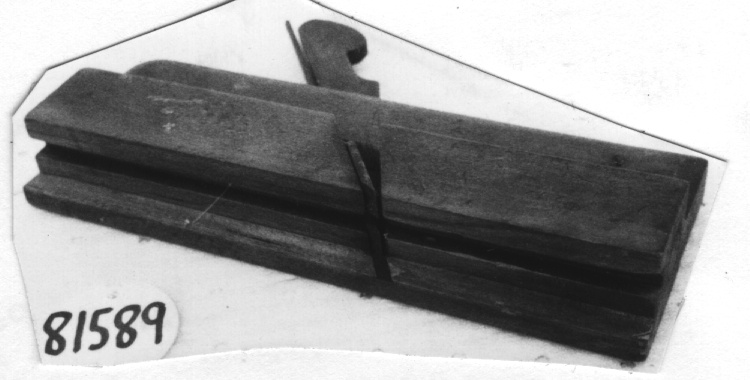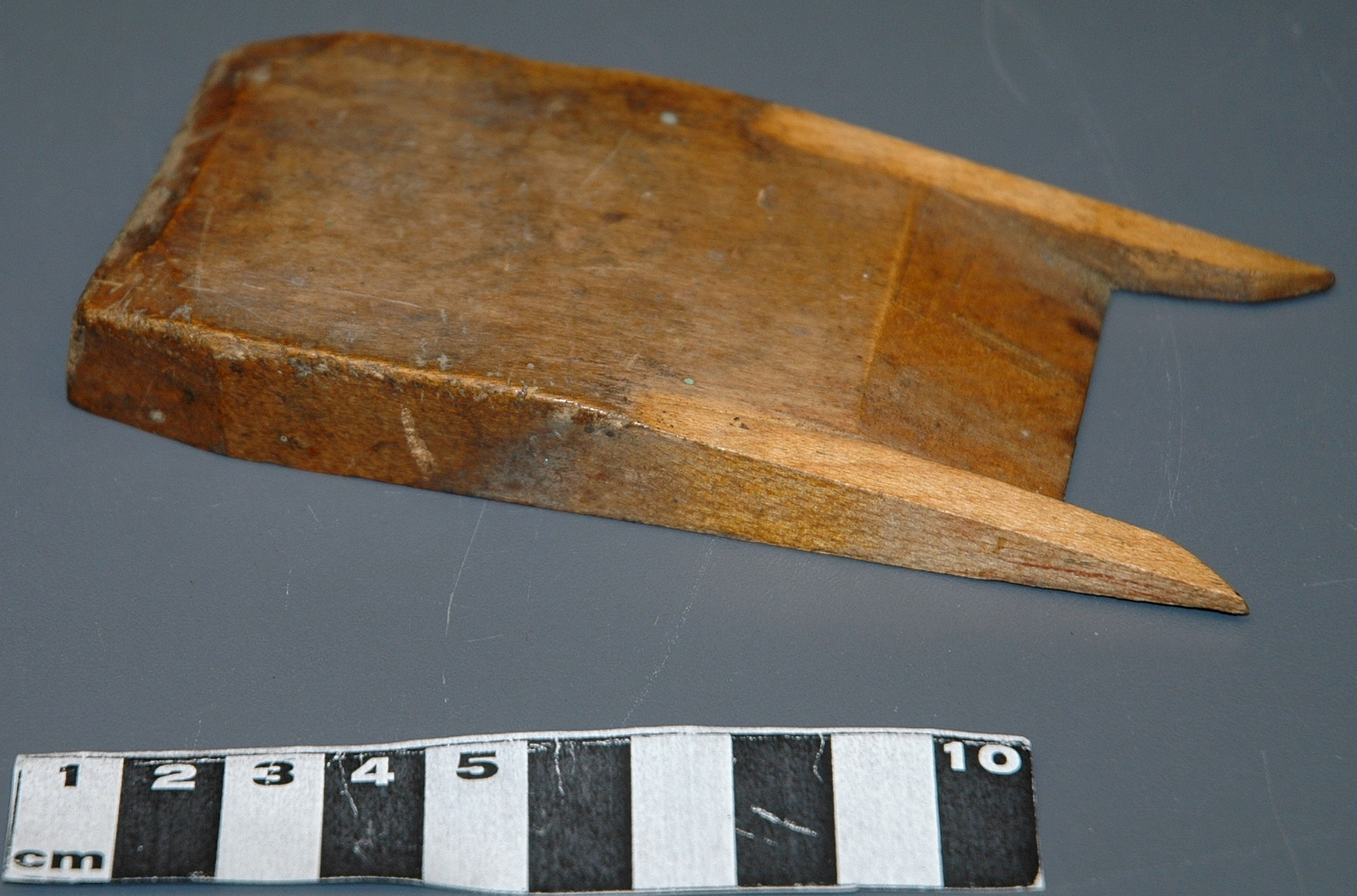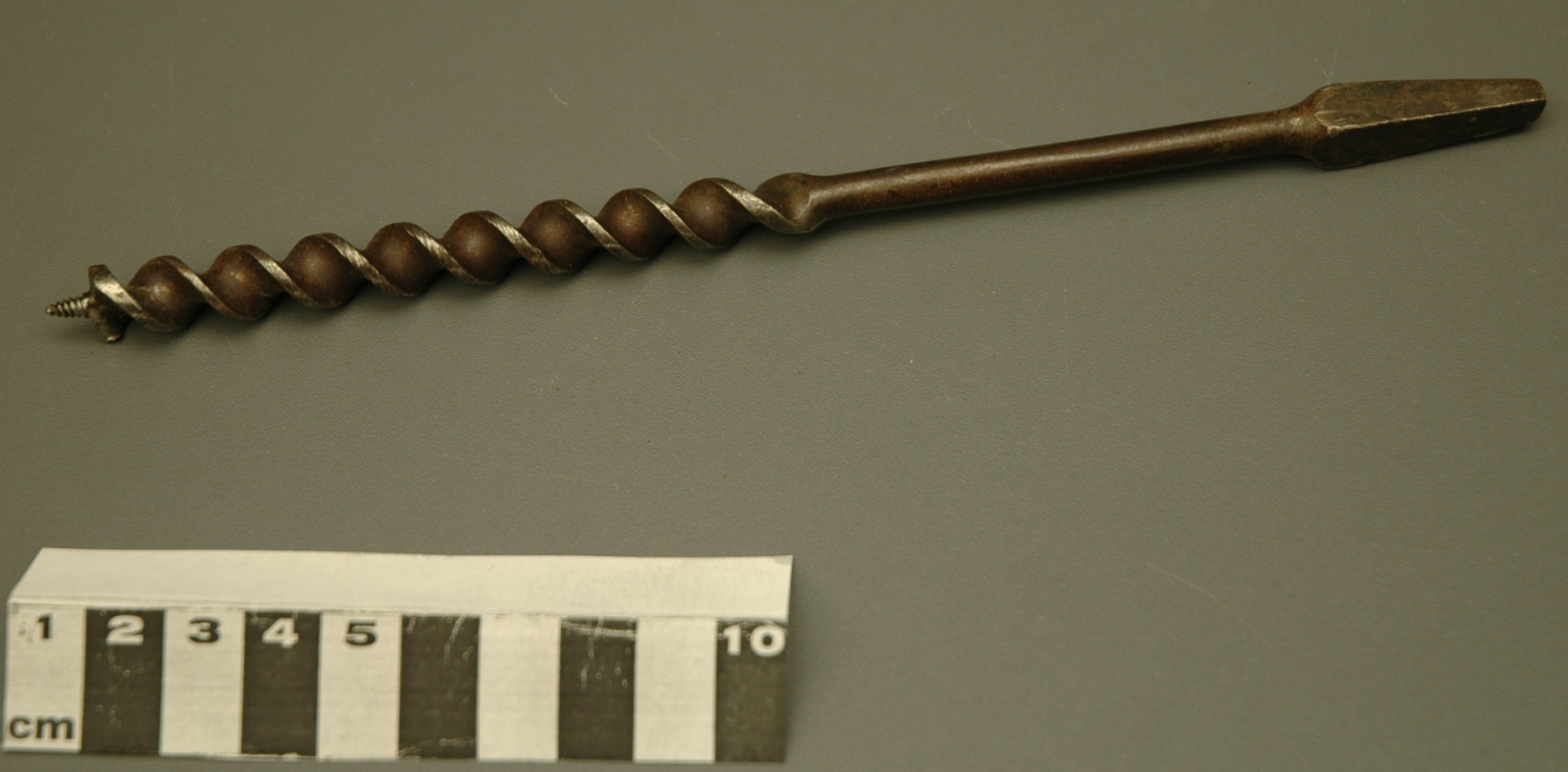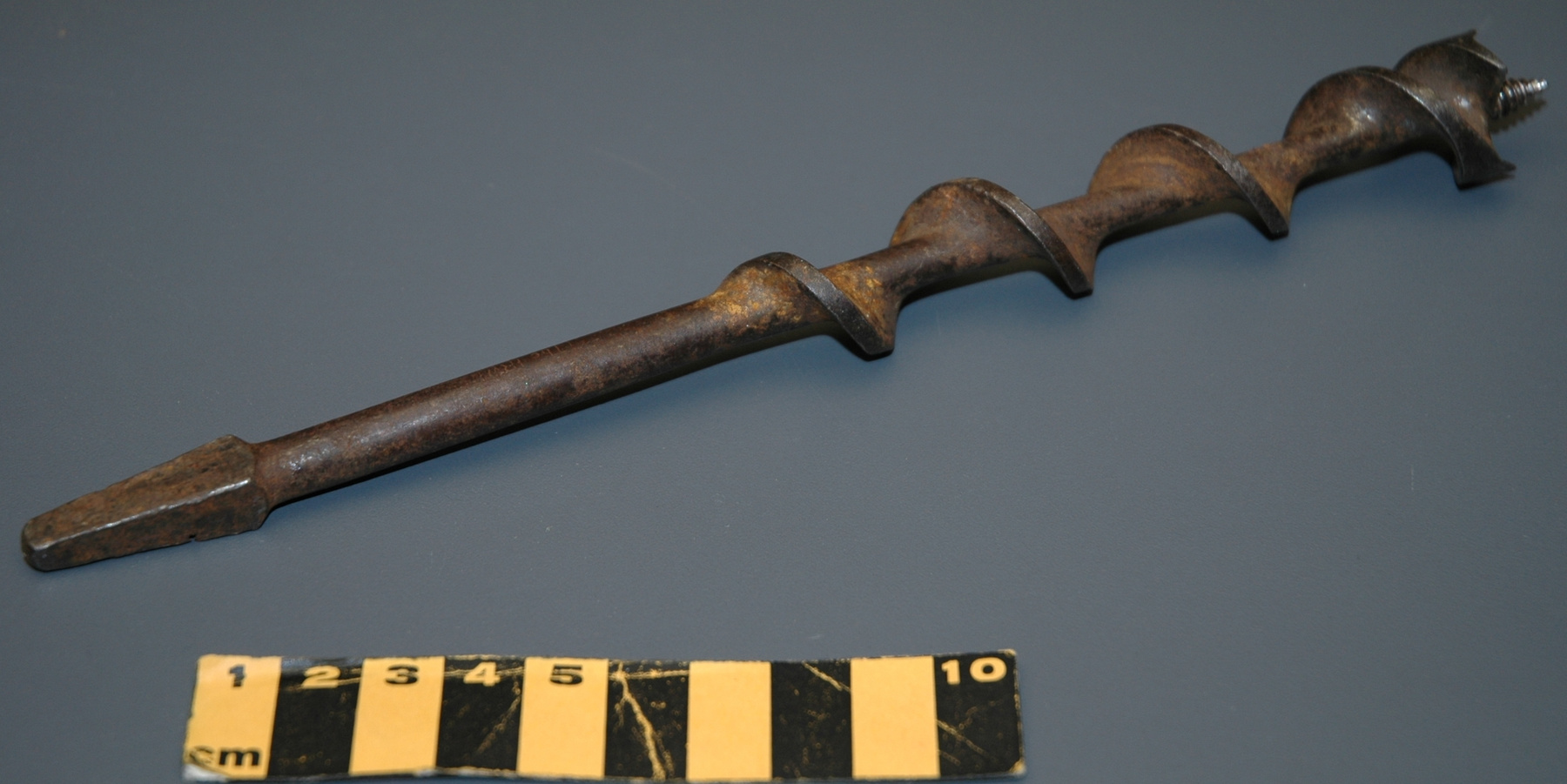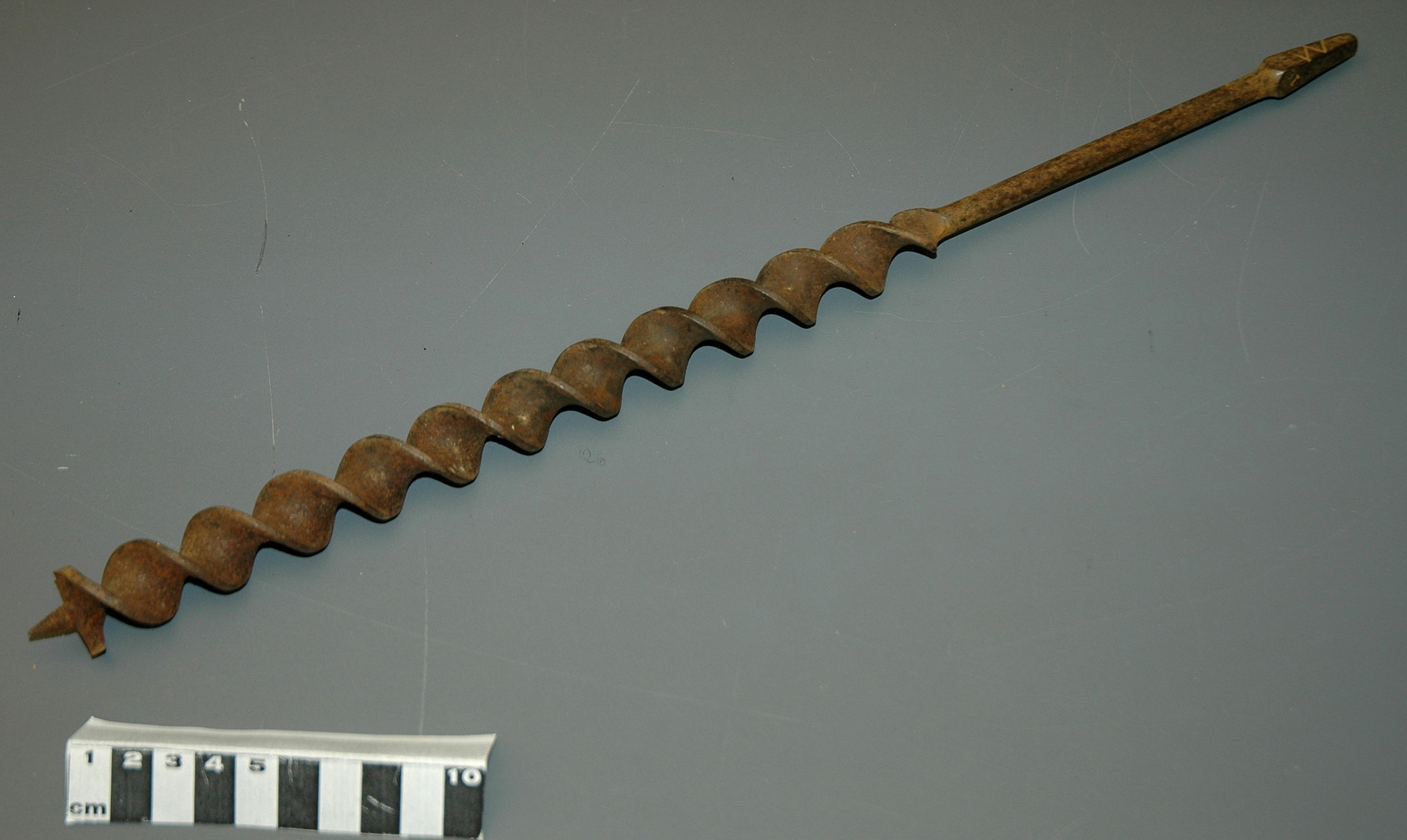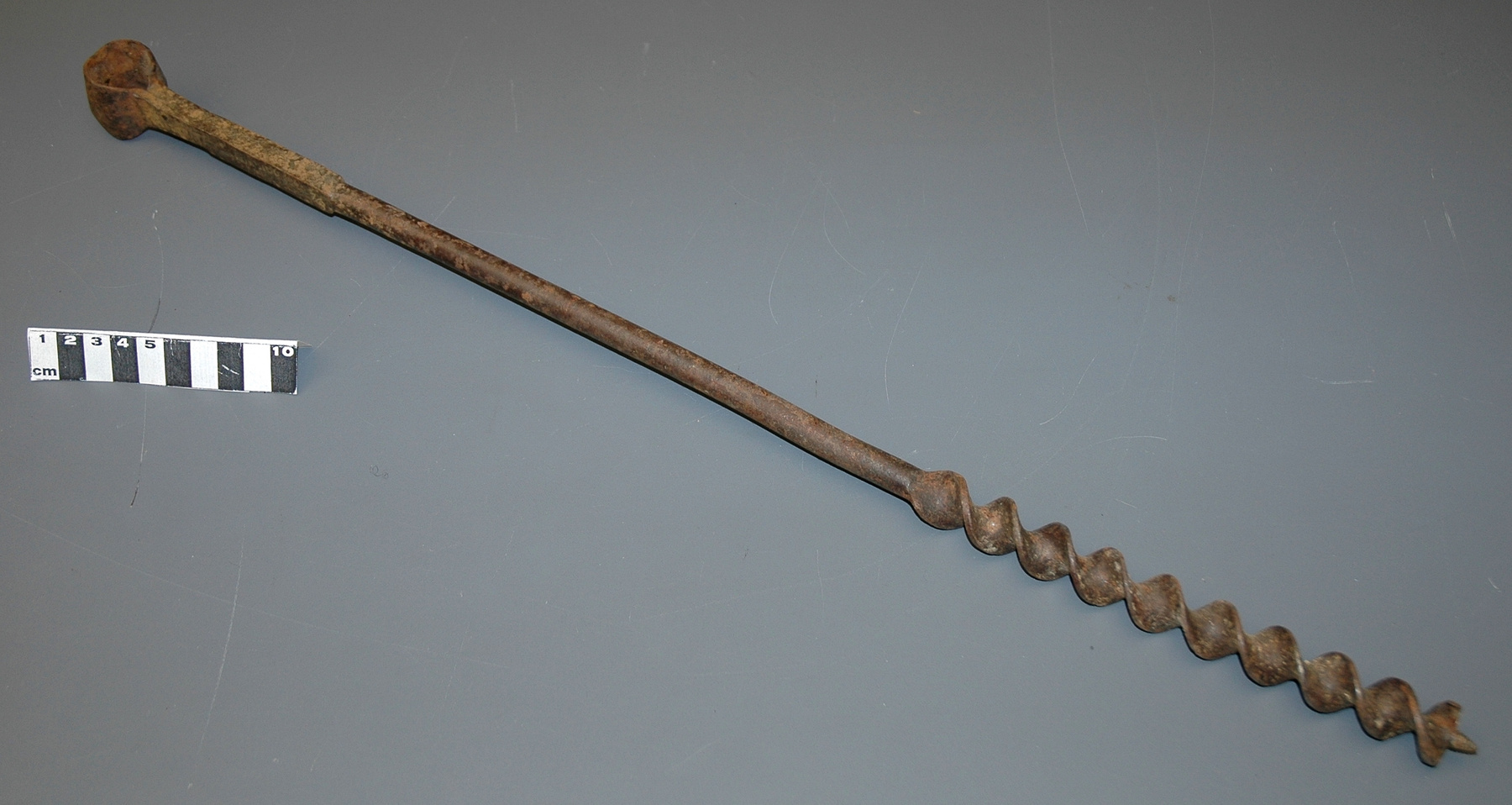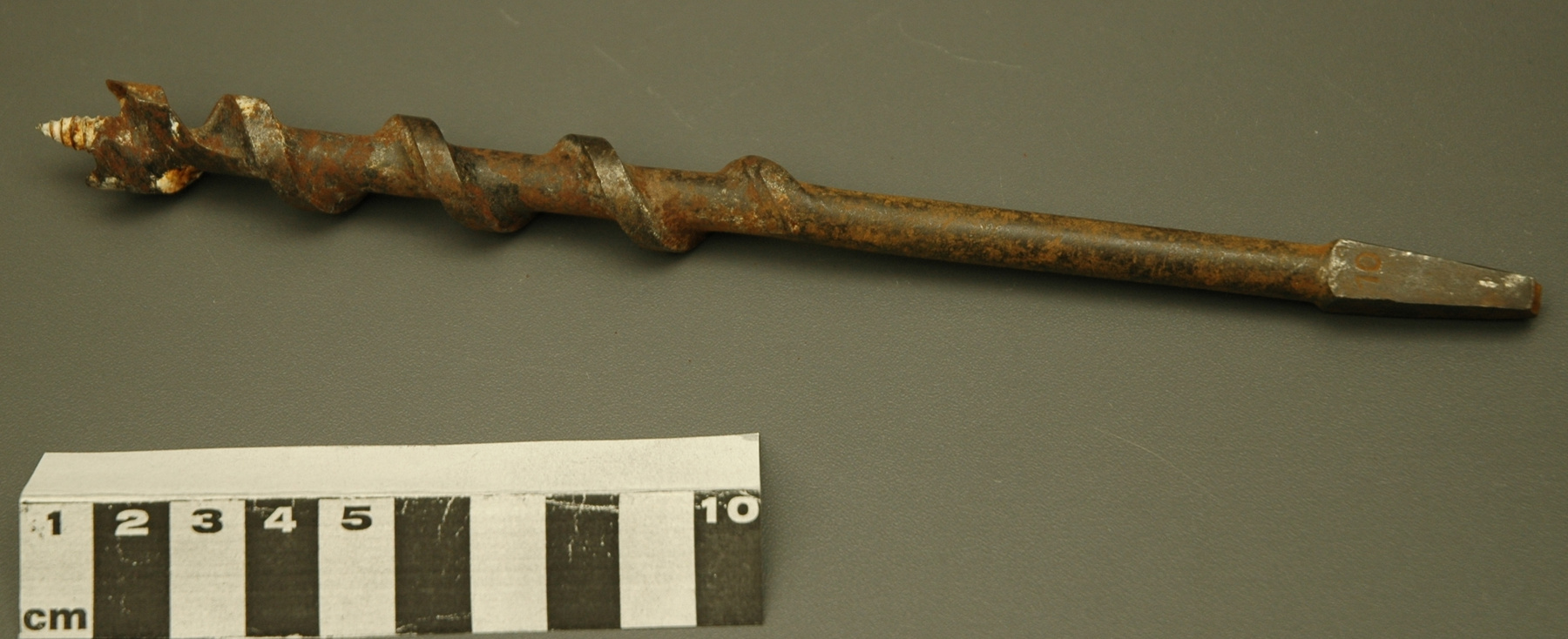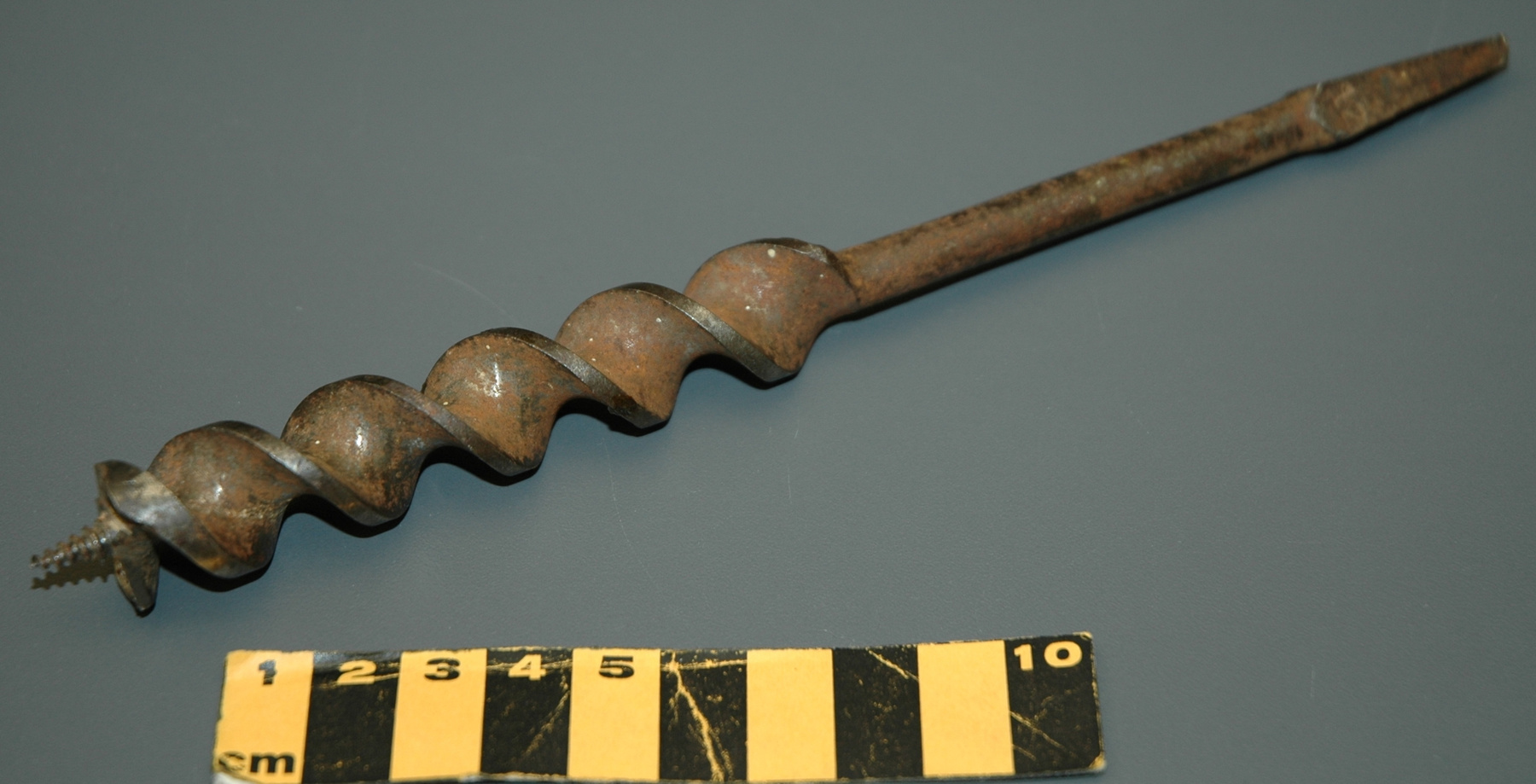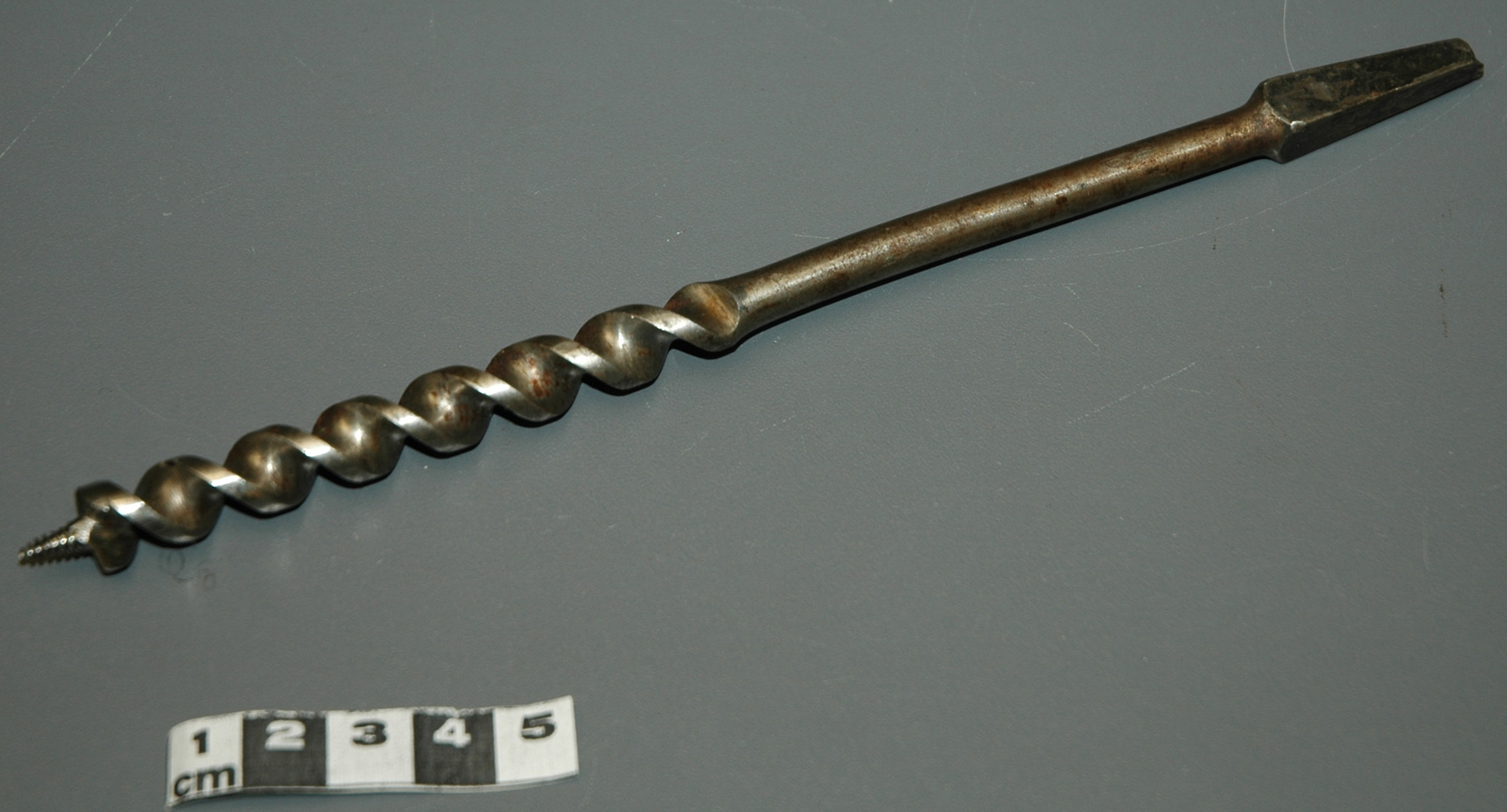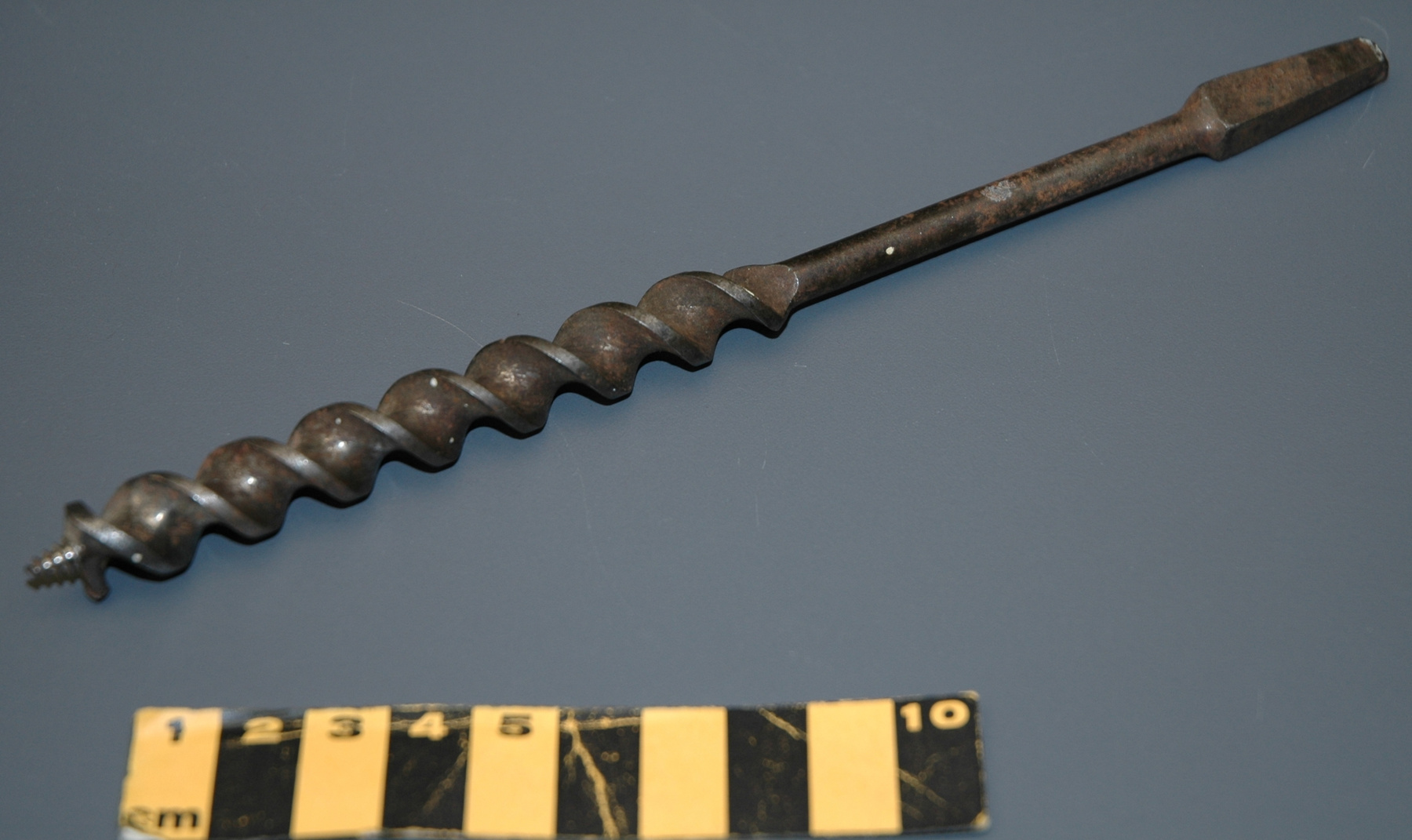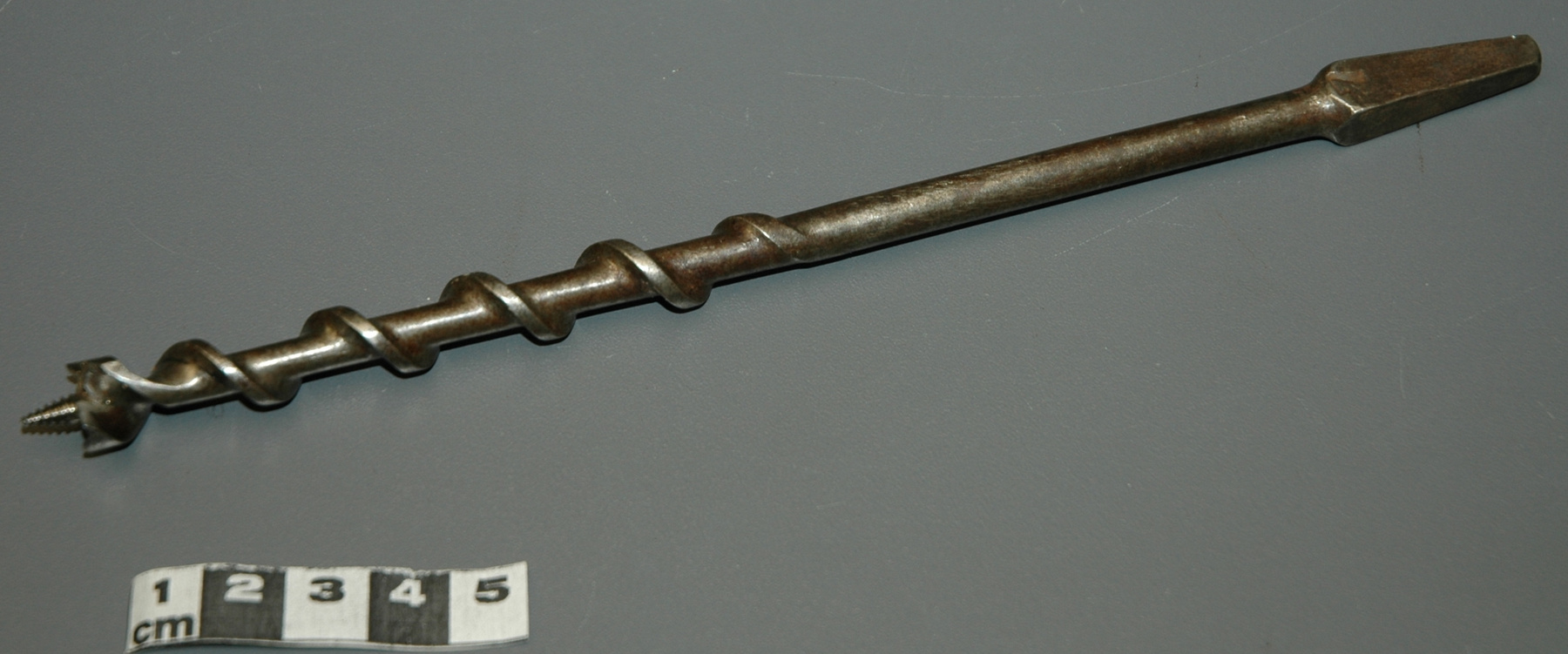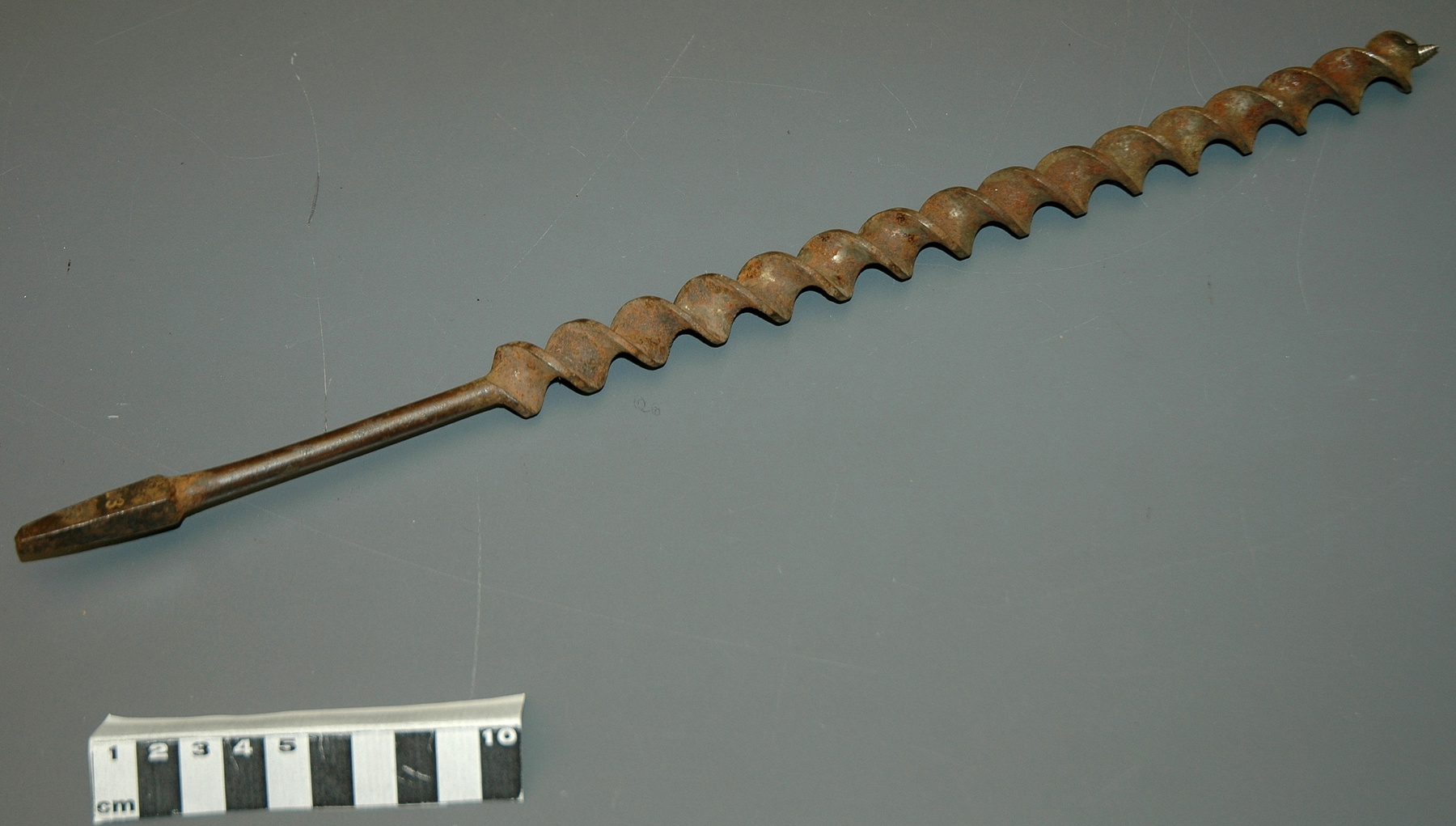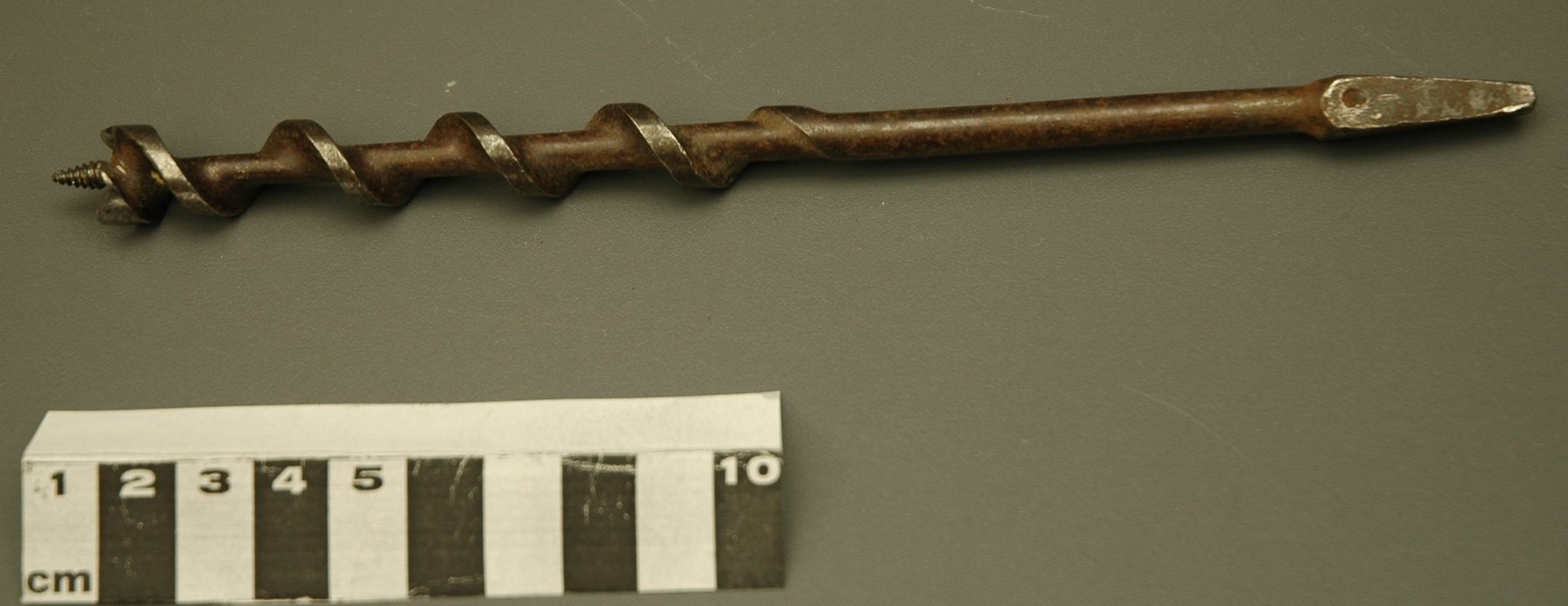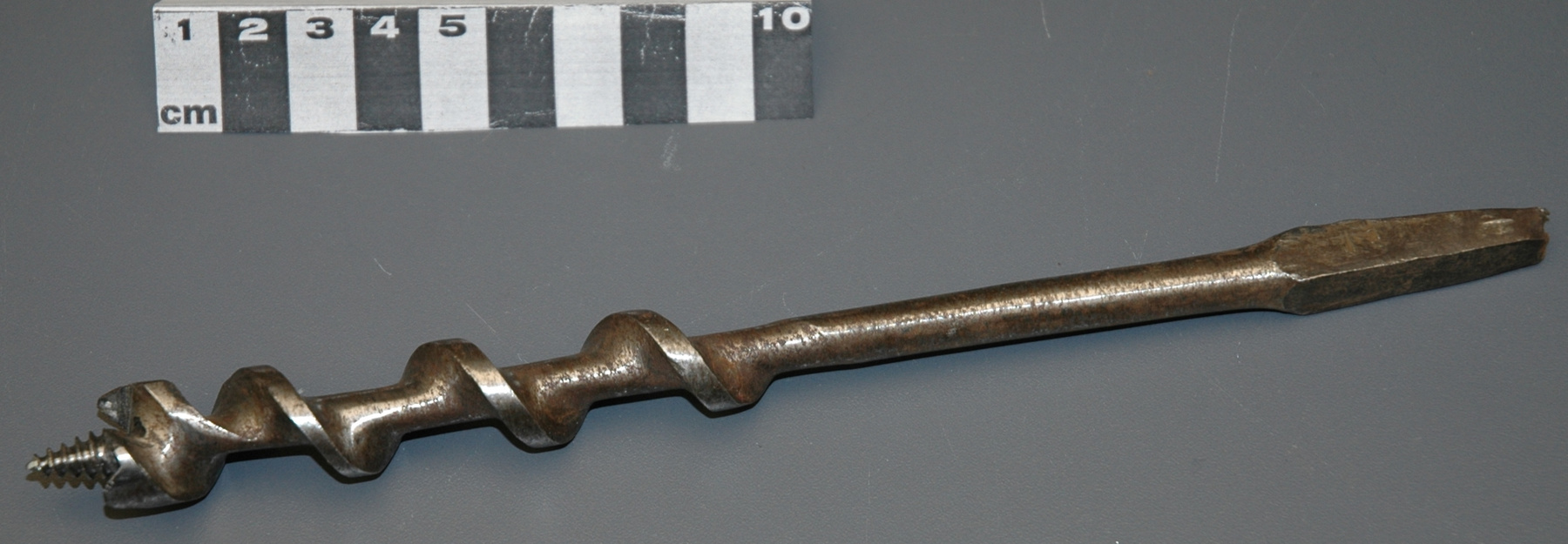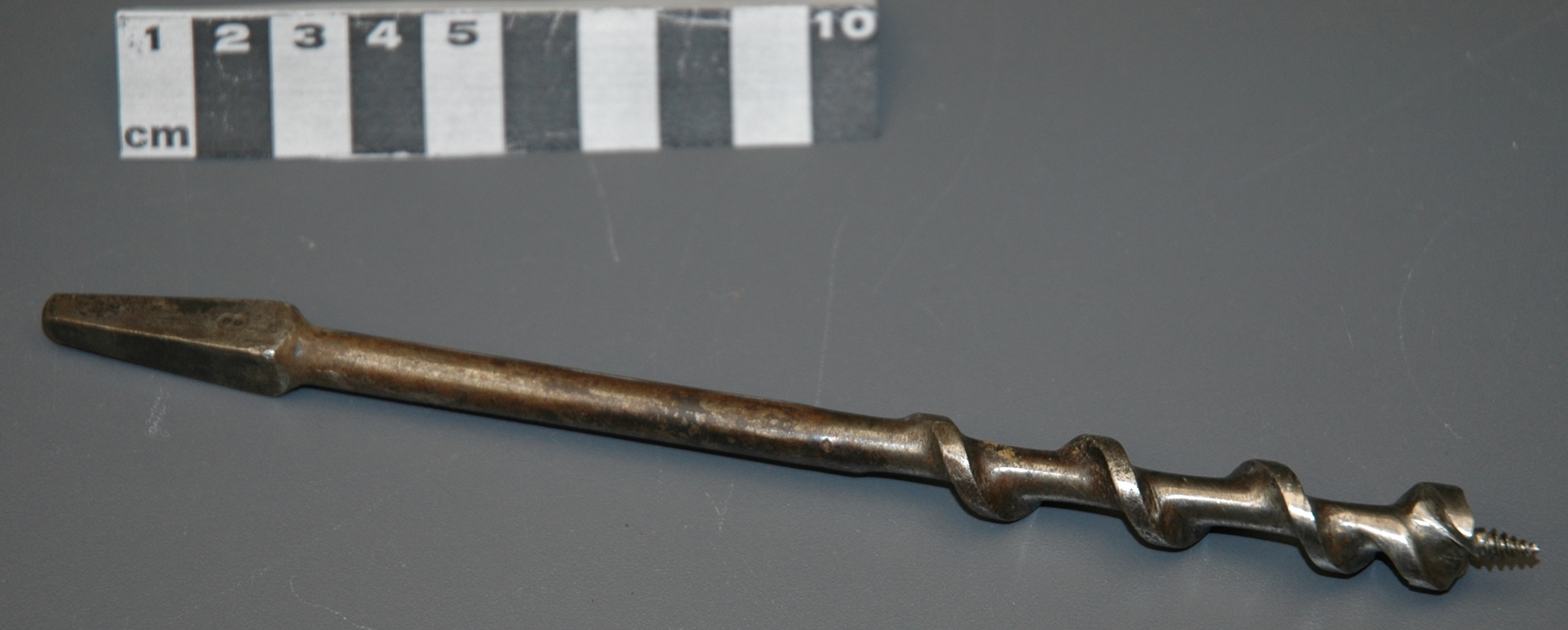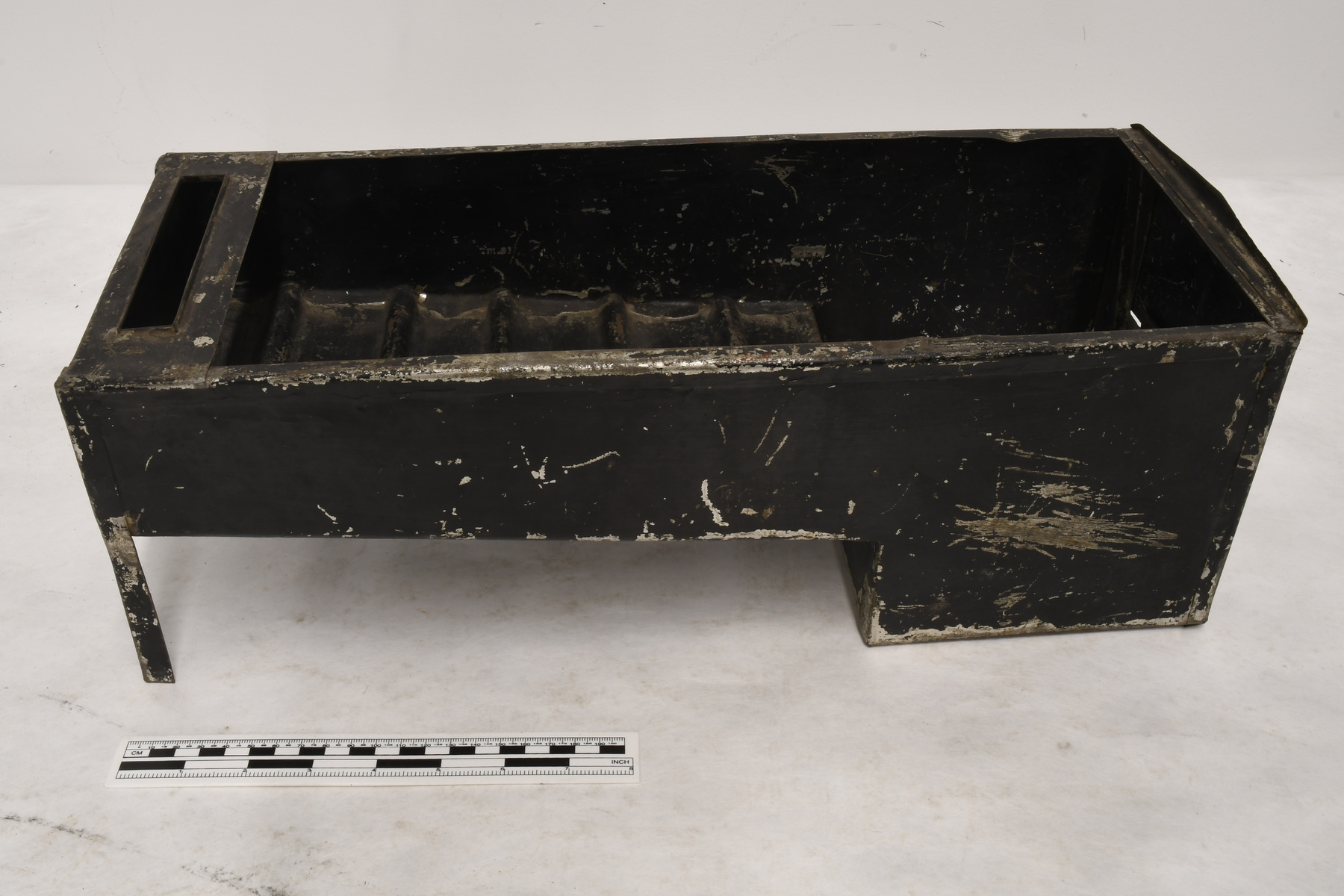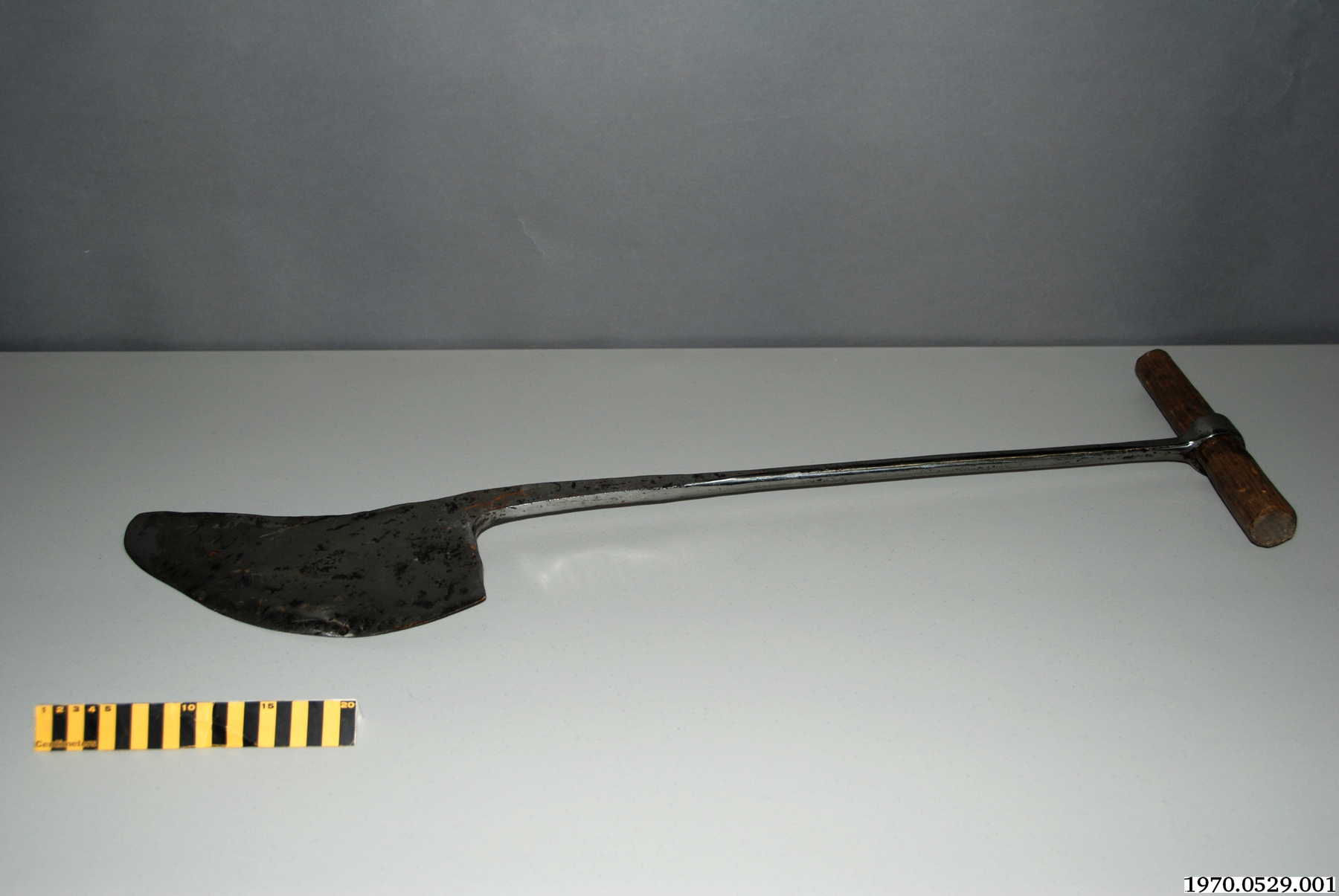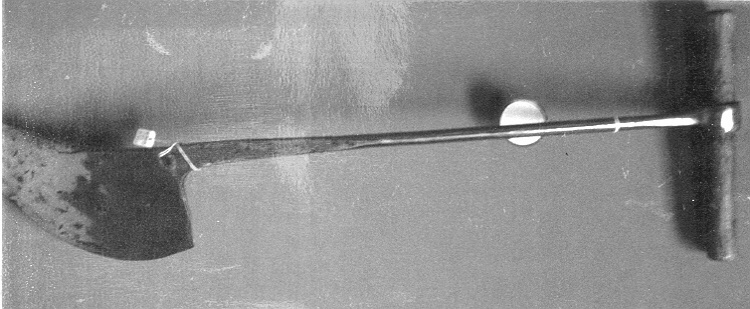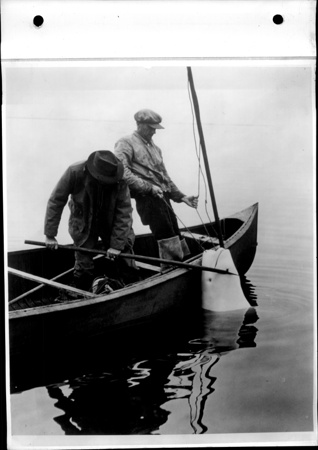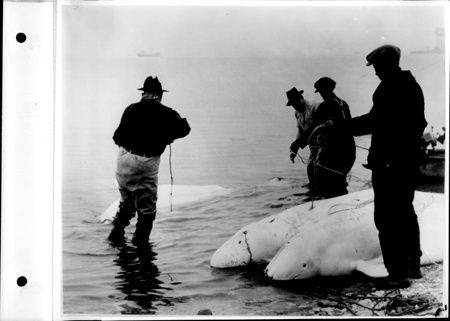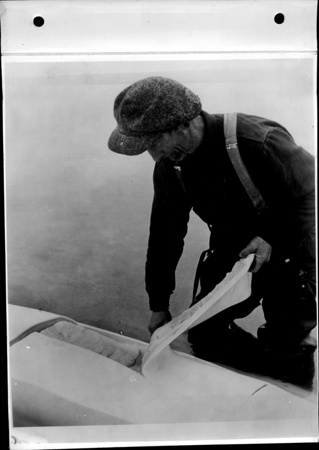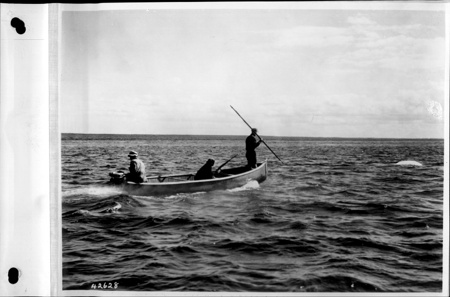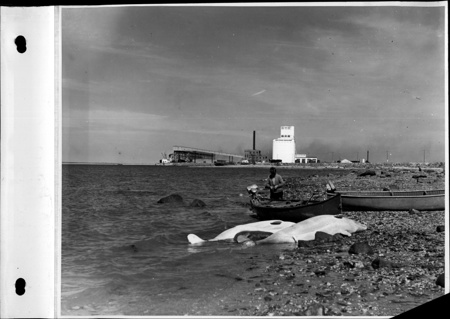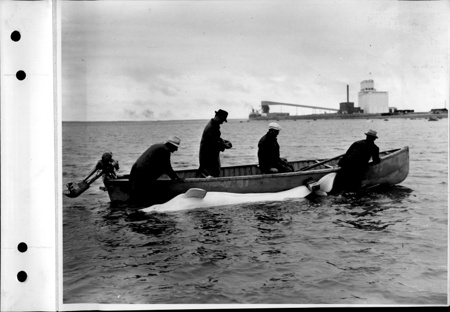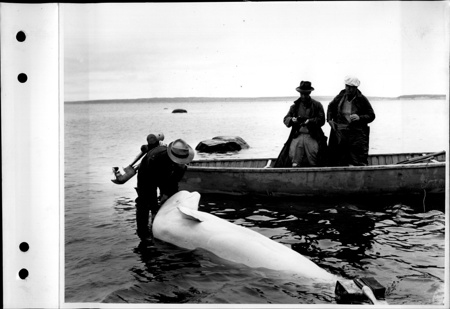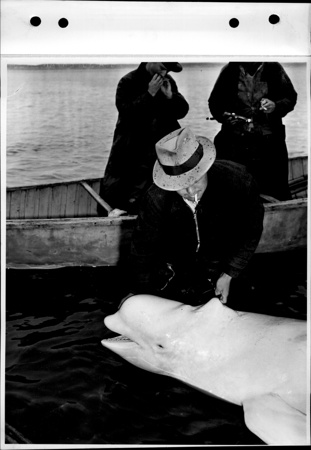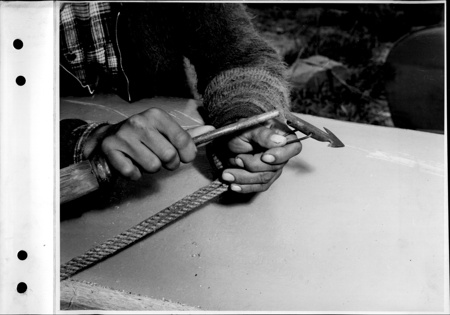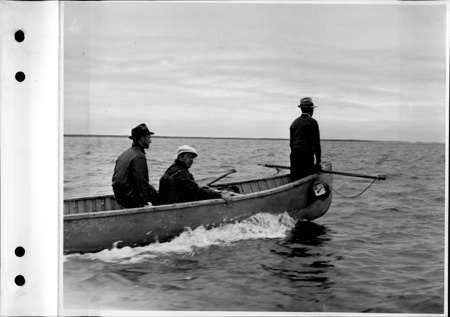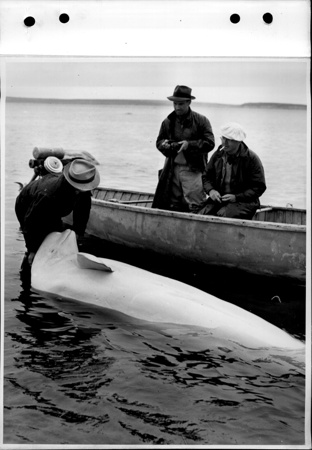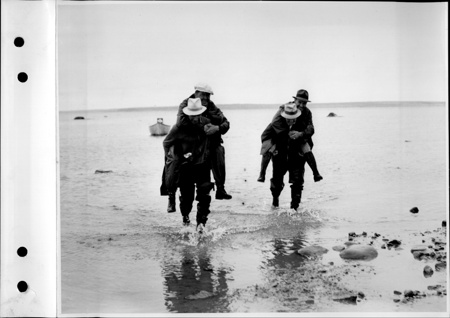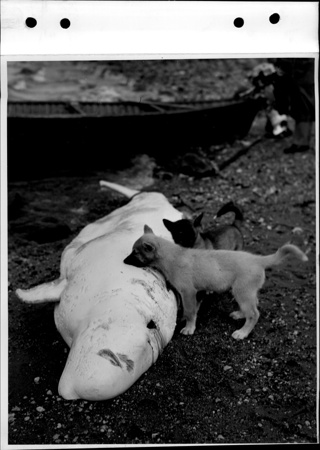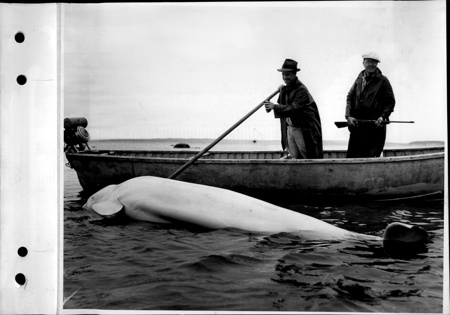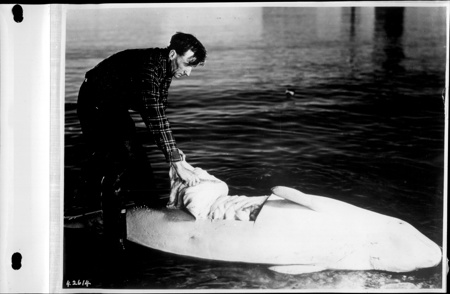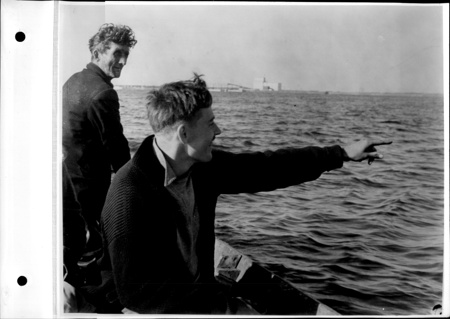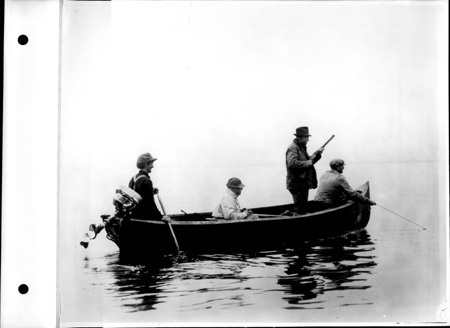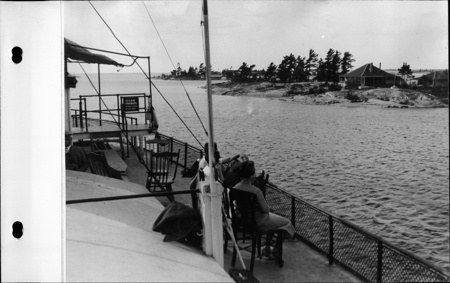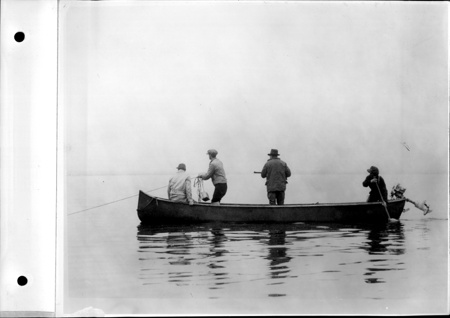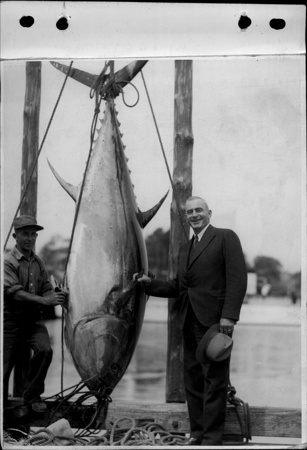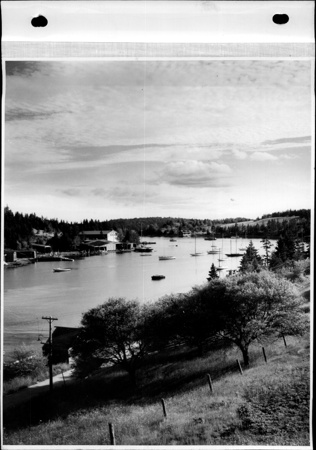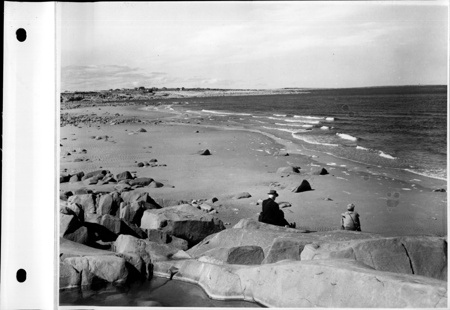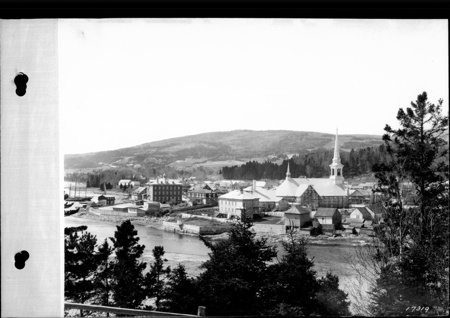Flenser, whale
Use this image
Can I reuse this image without permission? Yes
Object images on the Ingenium Collection’s portal have the following Creative Commons license:
Copyright Ingenium / CC BY-NC-ND (Attribution-NonCommercial 4.0 International (CC BY-NC 4.0)
ATTRIBUTE THIS IMAGE
Ingenium,
1970.0529.001
Permalink:
Ingenium is releasing this image under the Creative Commons licensing framework, and encourages downloading and reuse for non-commercial purposes. Please acknowledge Ingenium and cite the artifact number.
DOWNLOAD IMAGEPURCHASE THIS IMAGE
This image is free for non-commercial use.
For commercial use, please consult our Reproduction Fees and contact us to purchase the image.
- OBJECT TYPE
- N/A
- DATE
- 1800–1899
- ARTIFACT NUMBER
- 1970.0529.001
- MANUFACTURER
- Unknown
- MODEL
- Unknown
- LOCATION
- Unknown
More Information
General Information
- Serial #
- N/A
- Part Number
- 1
- Total Parts
- 1
- AKA
- N/A
- Patents
- N/A
- General Description
- Hand carved wood handle/ Hand forged steel.
Dimensions
Note: These reflect the general size for storage and are not necessarily representative of the object's true dimensions.
- Length
- 88.5 cm
- Width
- 27.5 cm
- Height
- 4.5 cm
- Thickness
- N/A
- Weight
- N/A
- Diameter
- N/A
- Volume
- N/A
Lexicon
- Group
- Fisheries
- Category
- Tools & equipment
- Sub-Category
- N/A
Manufacturer
- AKA
- Unknown
- Country
- Unknown
- State/Province
- Unknown
- City
- Unknown
Context
- Country
- Unknown
- State/Province
- Unknown
- Period
- Unknown
- Canada
-
Whaling has been an important activity in Canada since at least the 15th century with the Basques coming in Canadian waters and establishing stations on the inland shores. With time, as the whales became rarer on the coast, the hunting had to be done farther away up to Davis Strait, Baffin Bay and Hudson Bay. Whalers were mainly British, Dutch, Danish, German and American vessels. - Function
-
To cut whale blubber into pieces in order to melt it. - Technical
-
Traditional tool used to cut the whale blubber in order to later melt it. The cutting operation was done either on the shore, or in the back of the ship and the pieces were hauled to the water's edge to be melted in large cauldrons or after 1760, or done while on sea, on a platform next to the ship and the blubber melted in cauldrons put on the deck. The oil was used for lighting oil, candles, soap, lubricants, medicine, etc. - Area Notes
-
Unknown
Details
- Markings
- None.
- Missing
- N/A
- Finish
- Unknown
- Decoration
- N/A
CITE THIS OBJECT
If you choose to share our information about this collection object, please cite:
Unknown Manufacturer, Flenser, whale, between 1800–1899, Artifact no. 1970.0529, Ingenium – Canada’s Museums of Science and Innovation, http://collections.ingeniumcanada.org/en/id/1970.0529.001/
FEEDBACK
Submit a question or comment about this artifact.
More Like This
